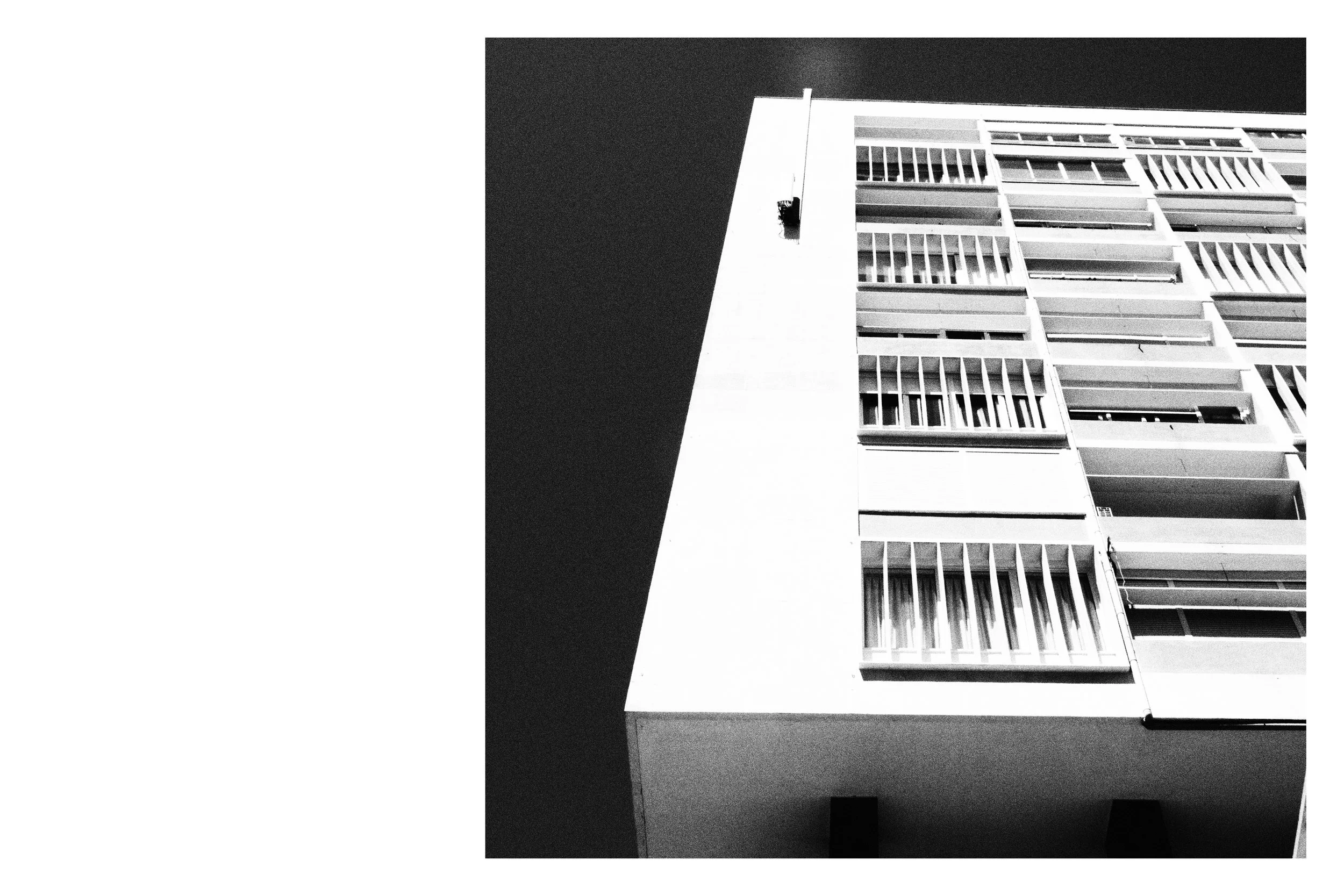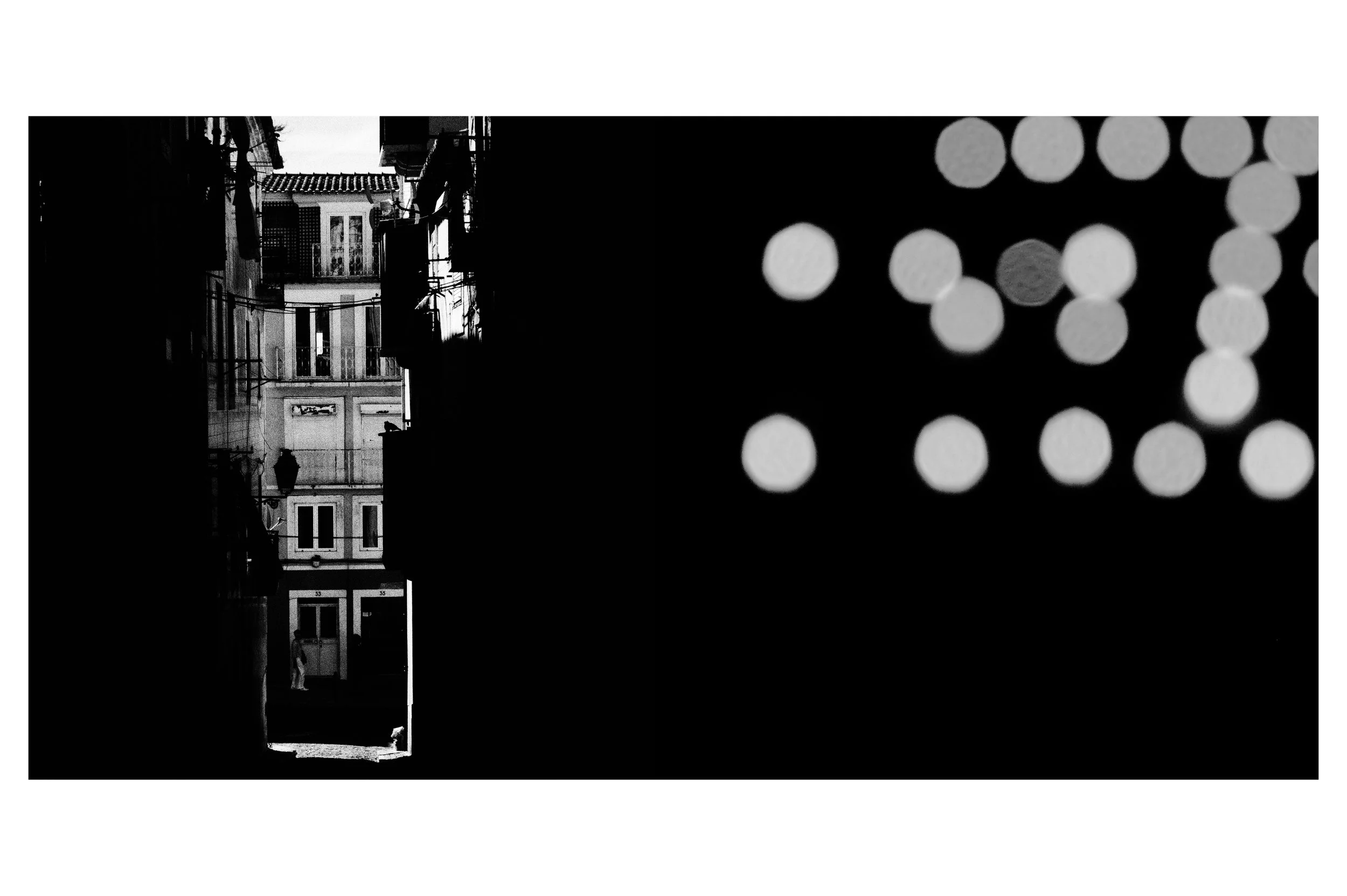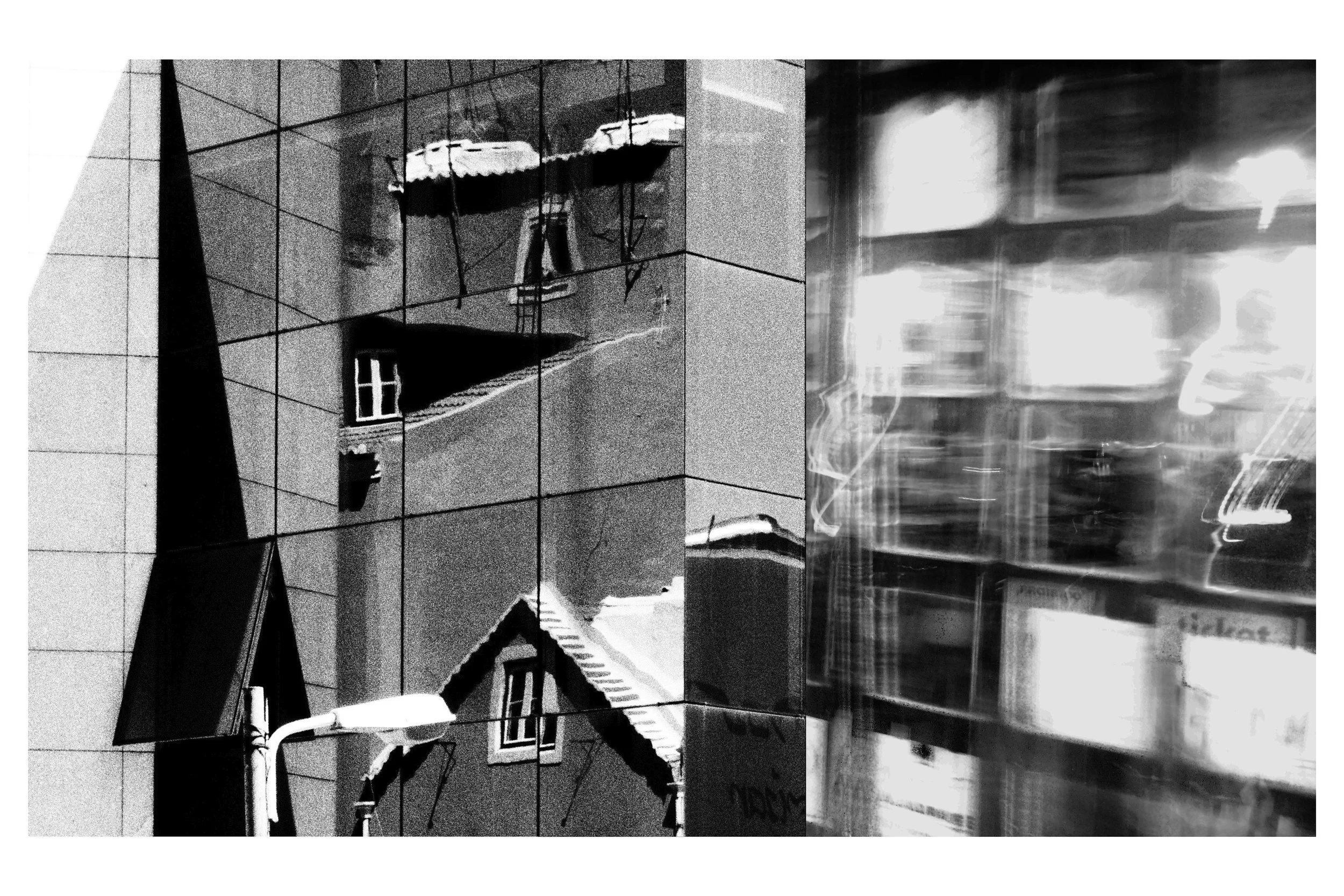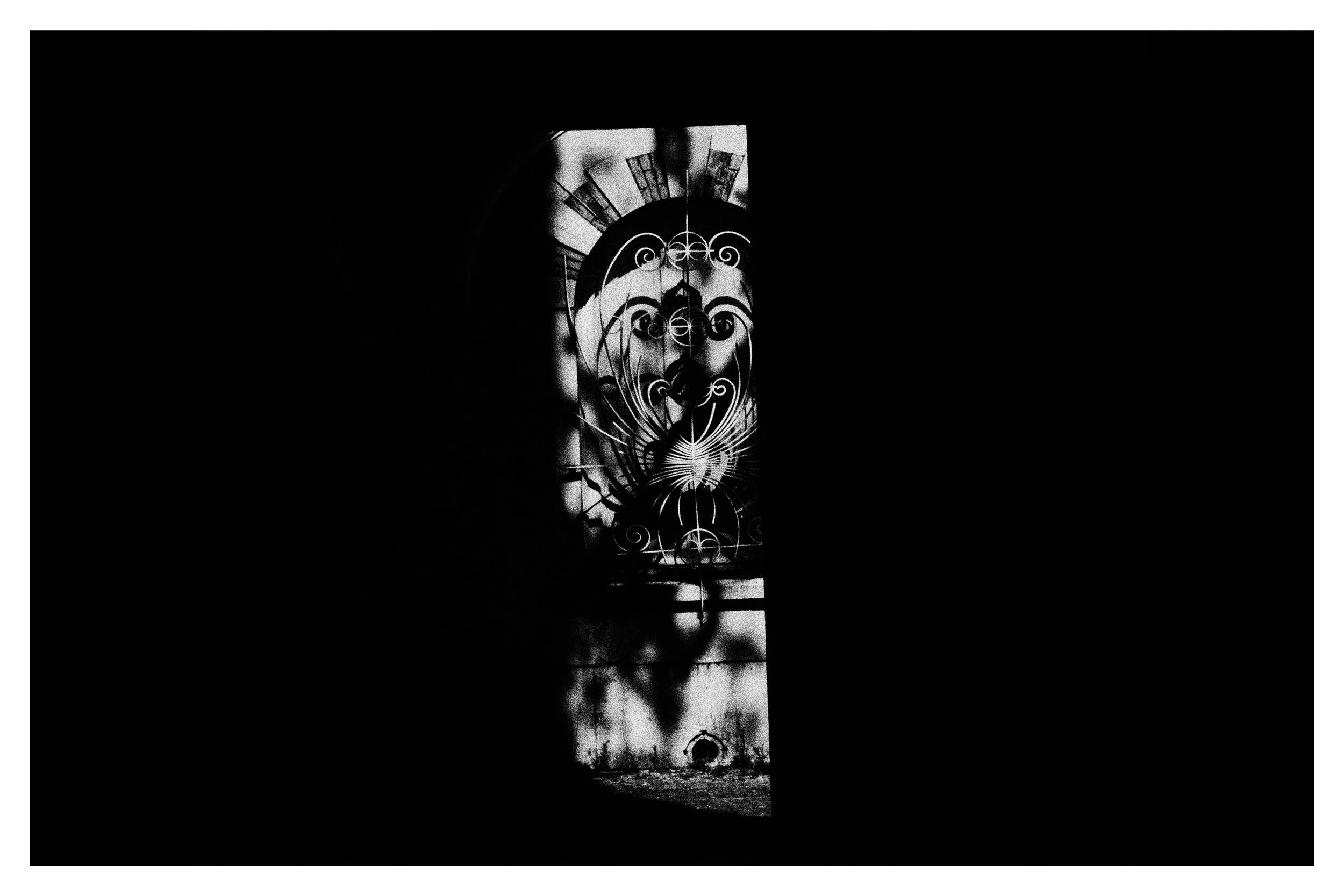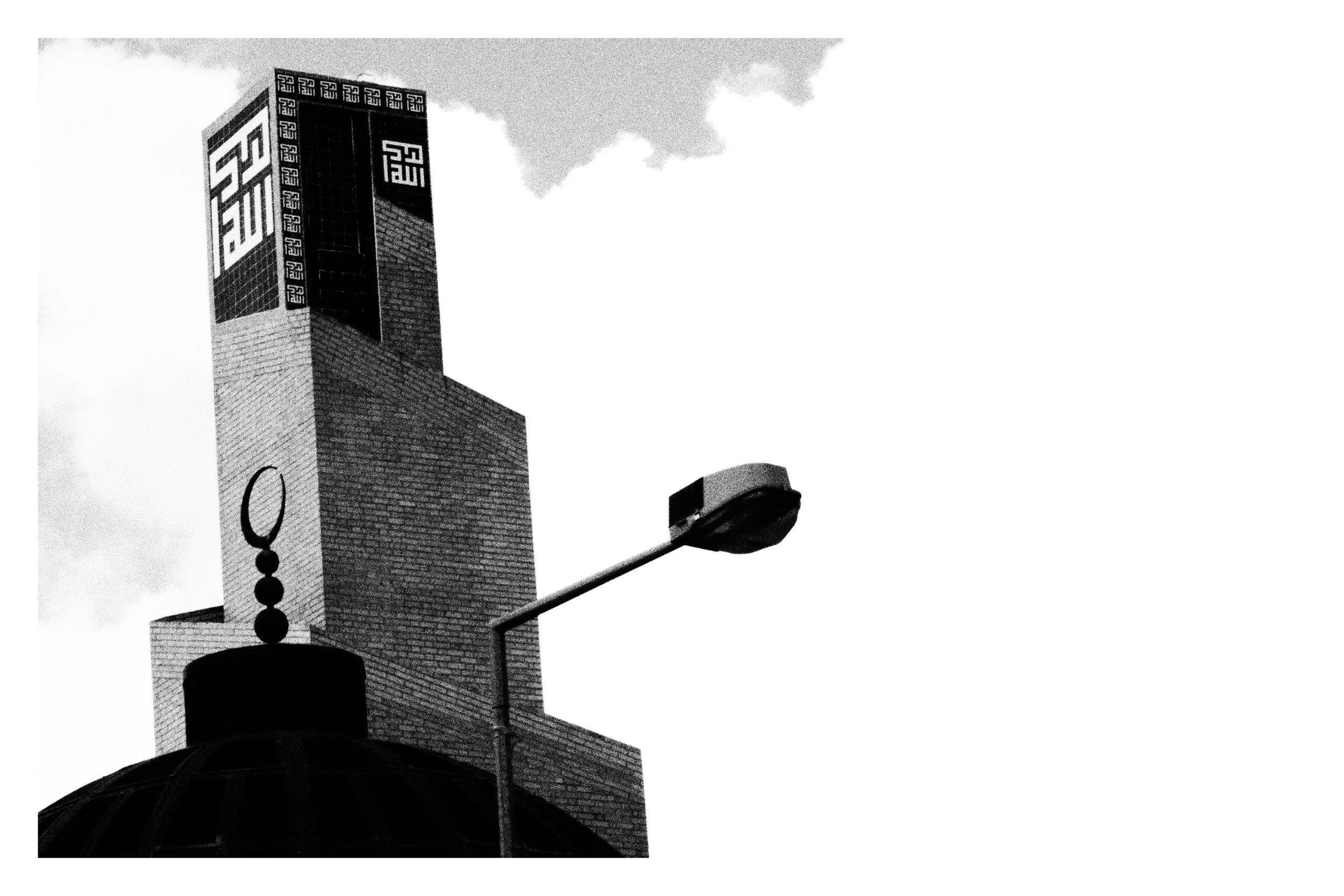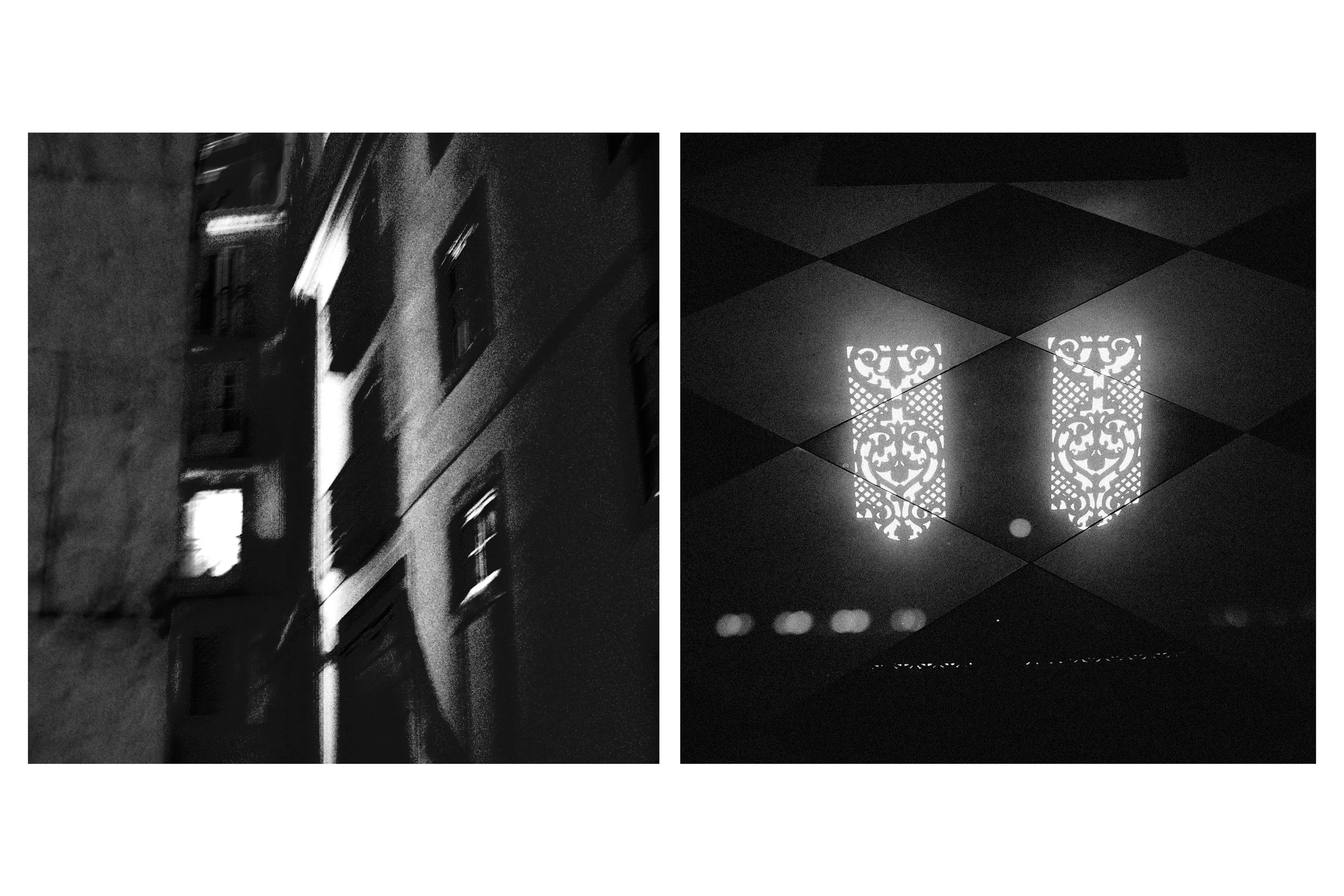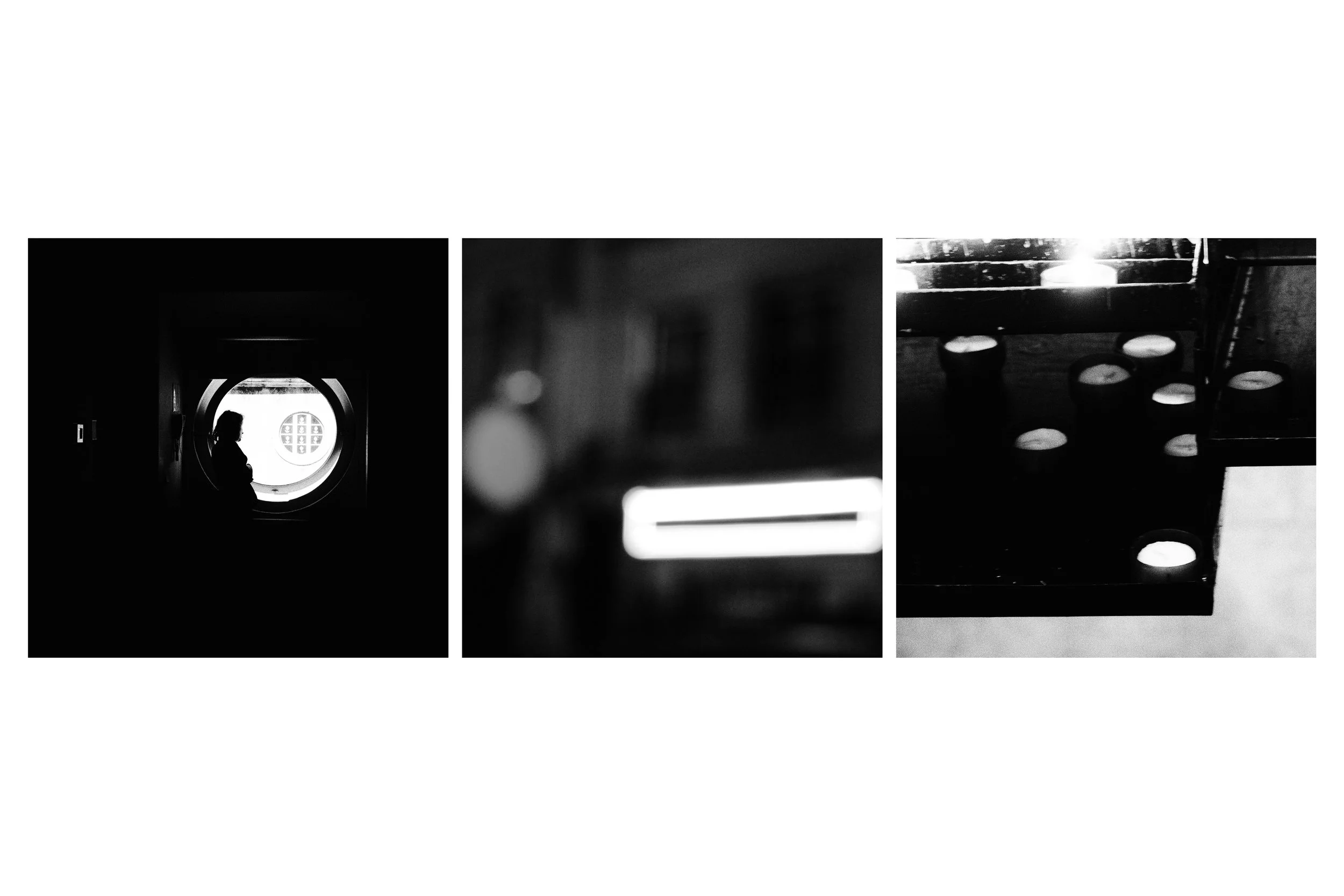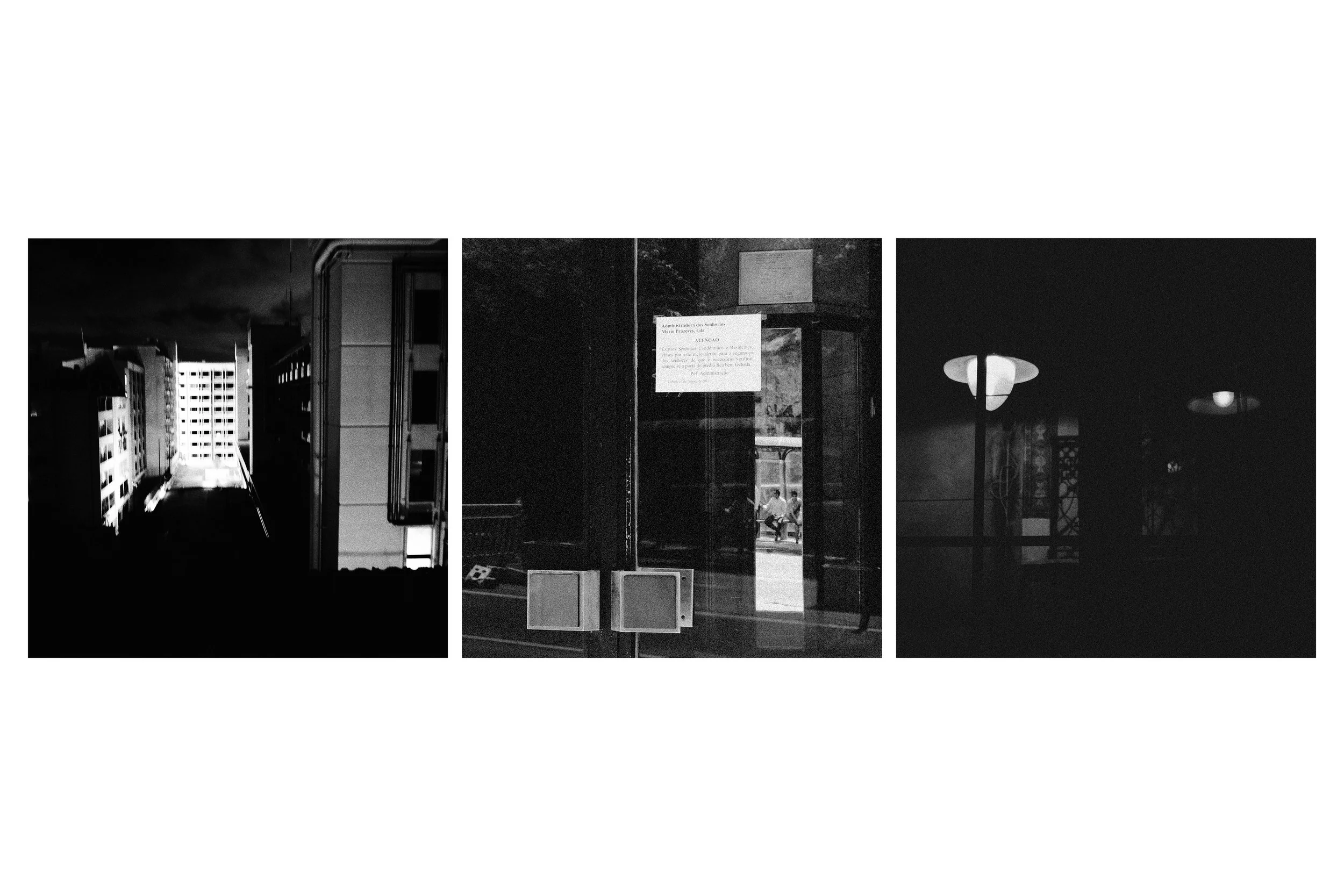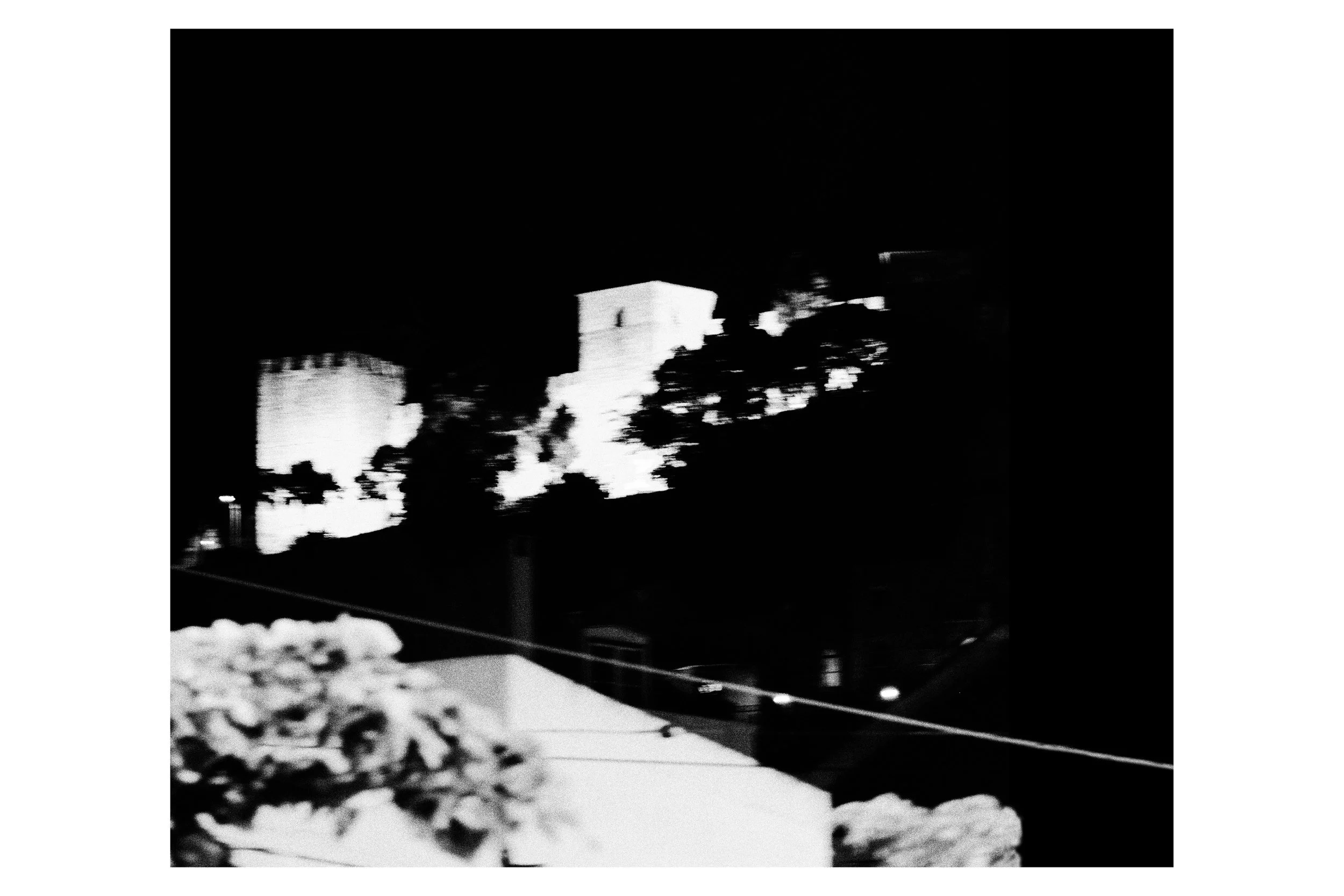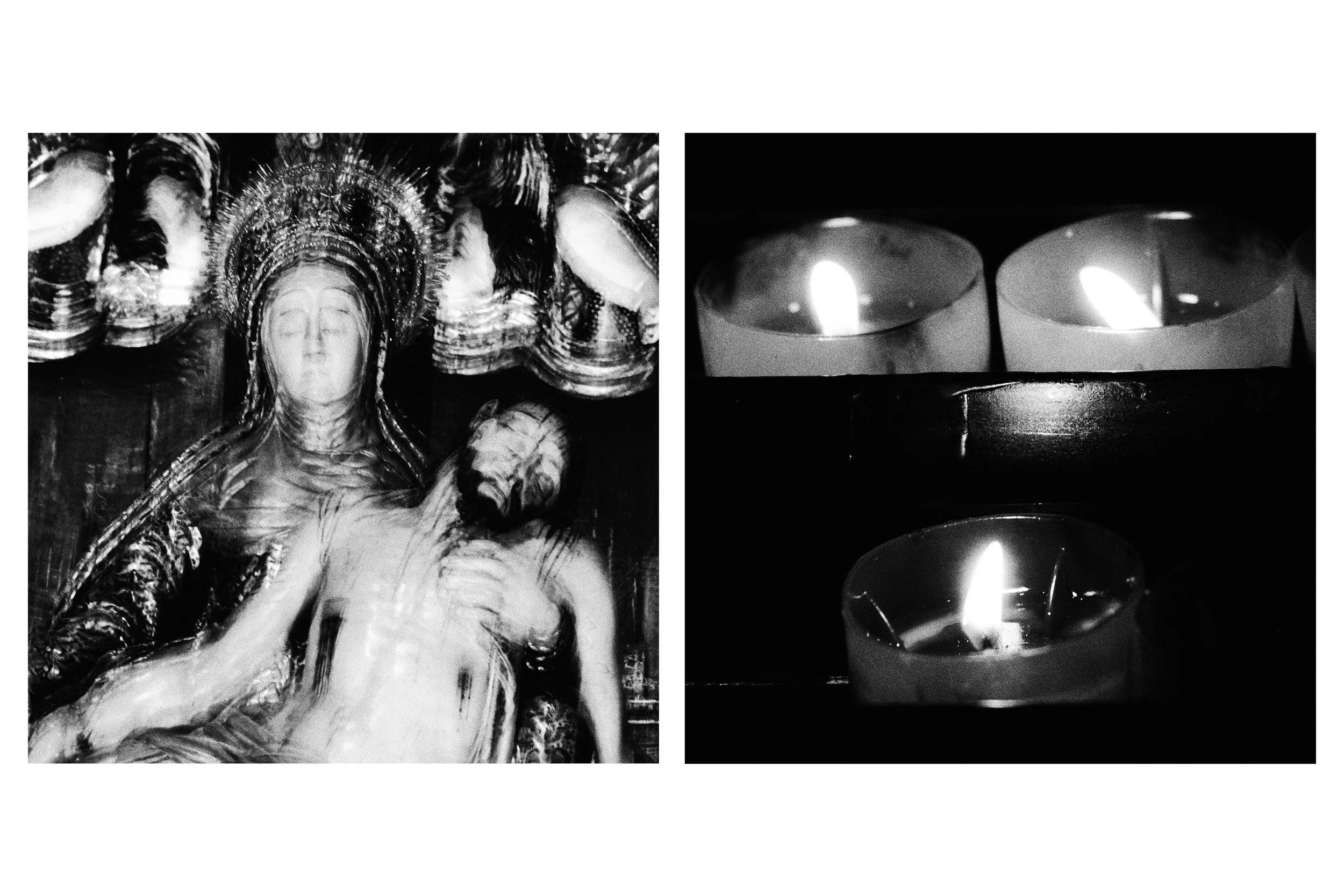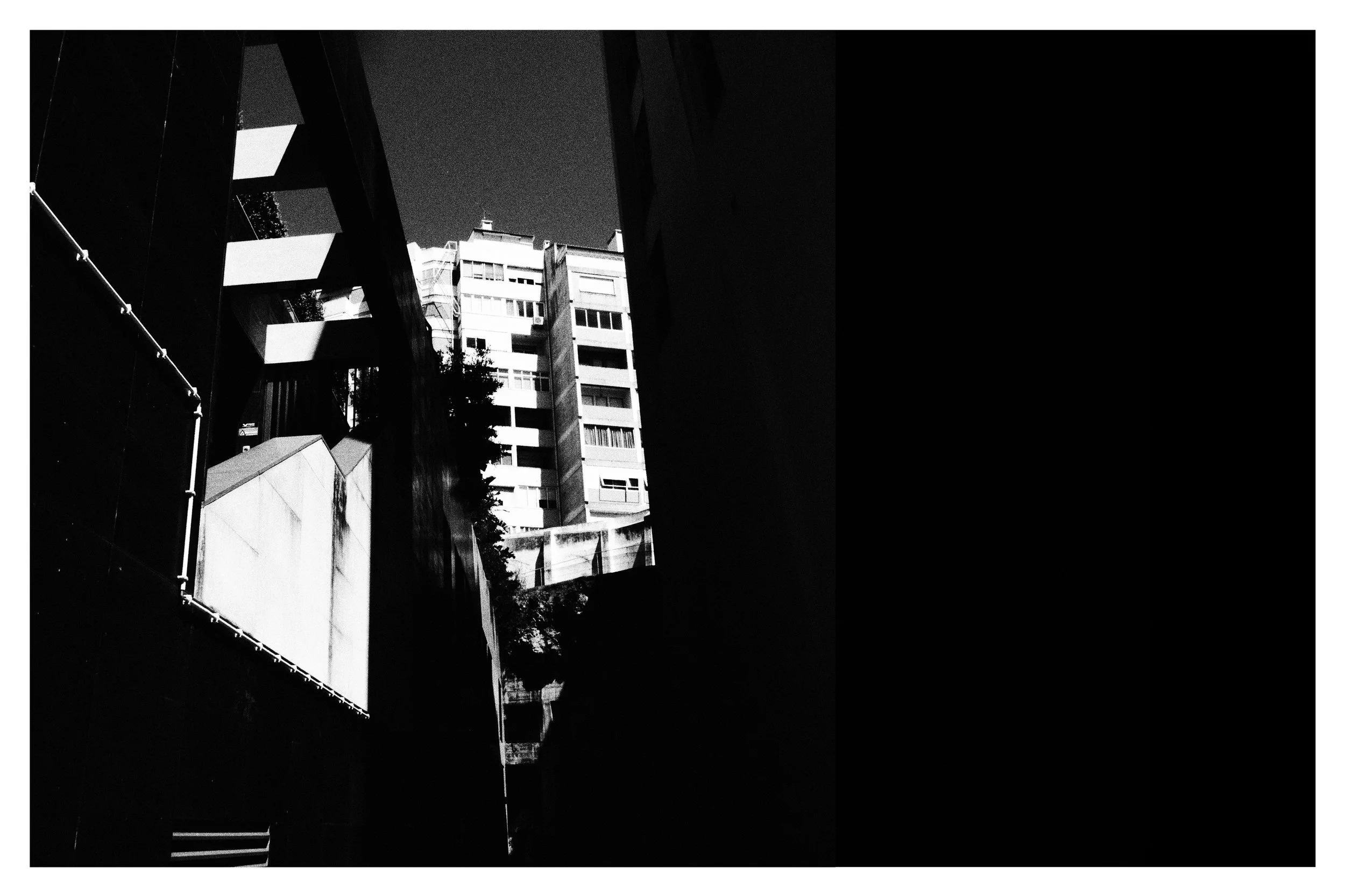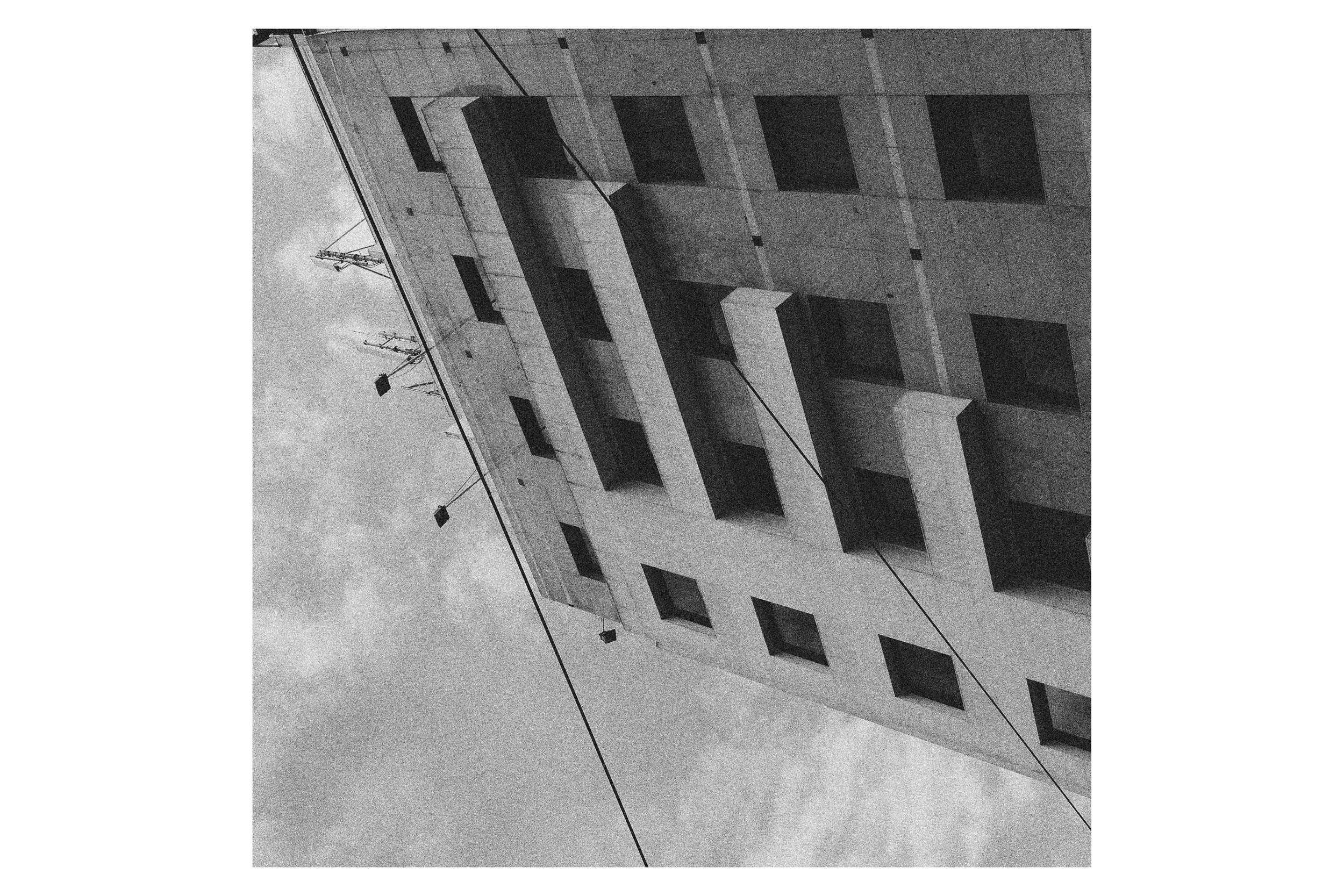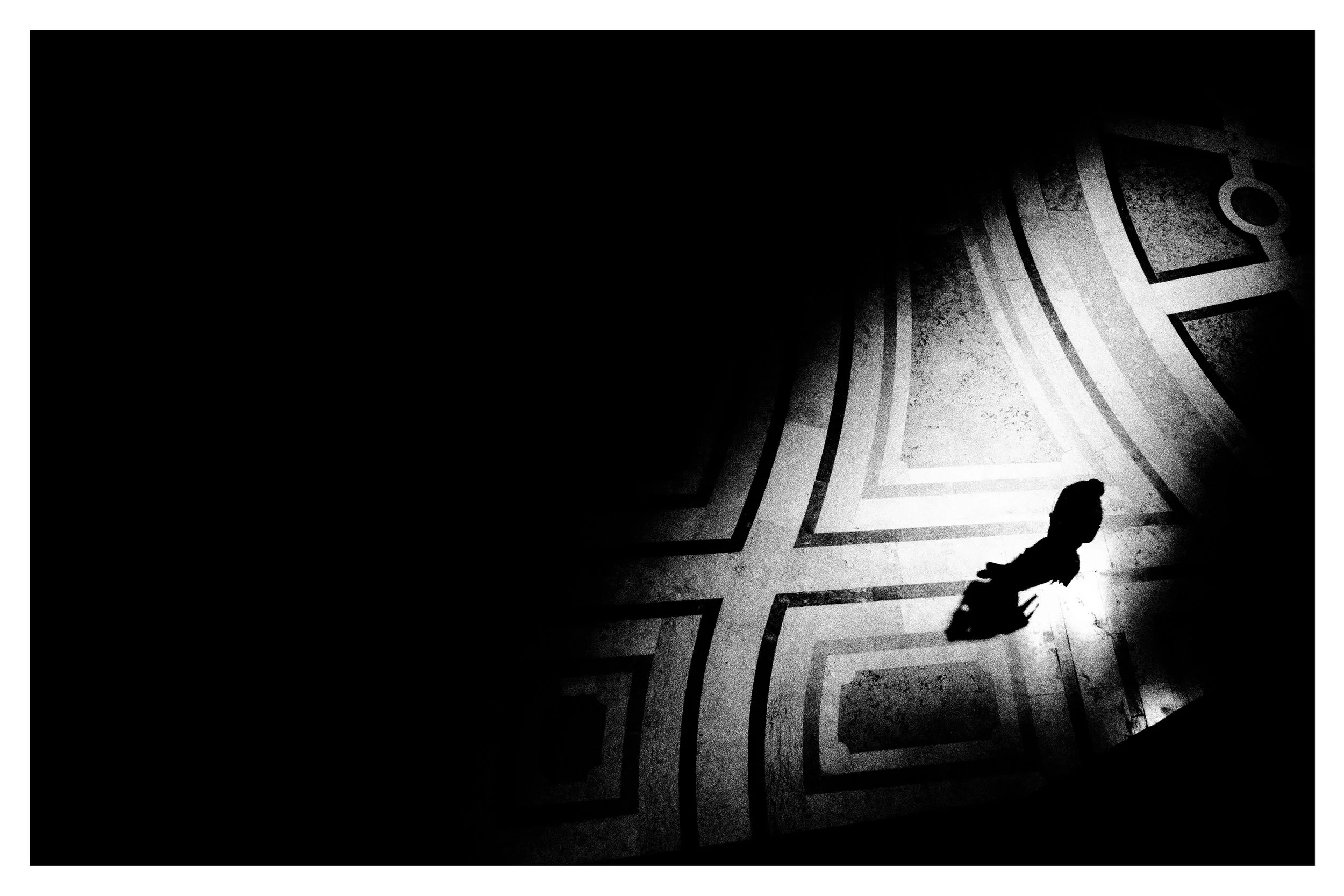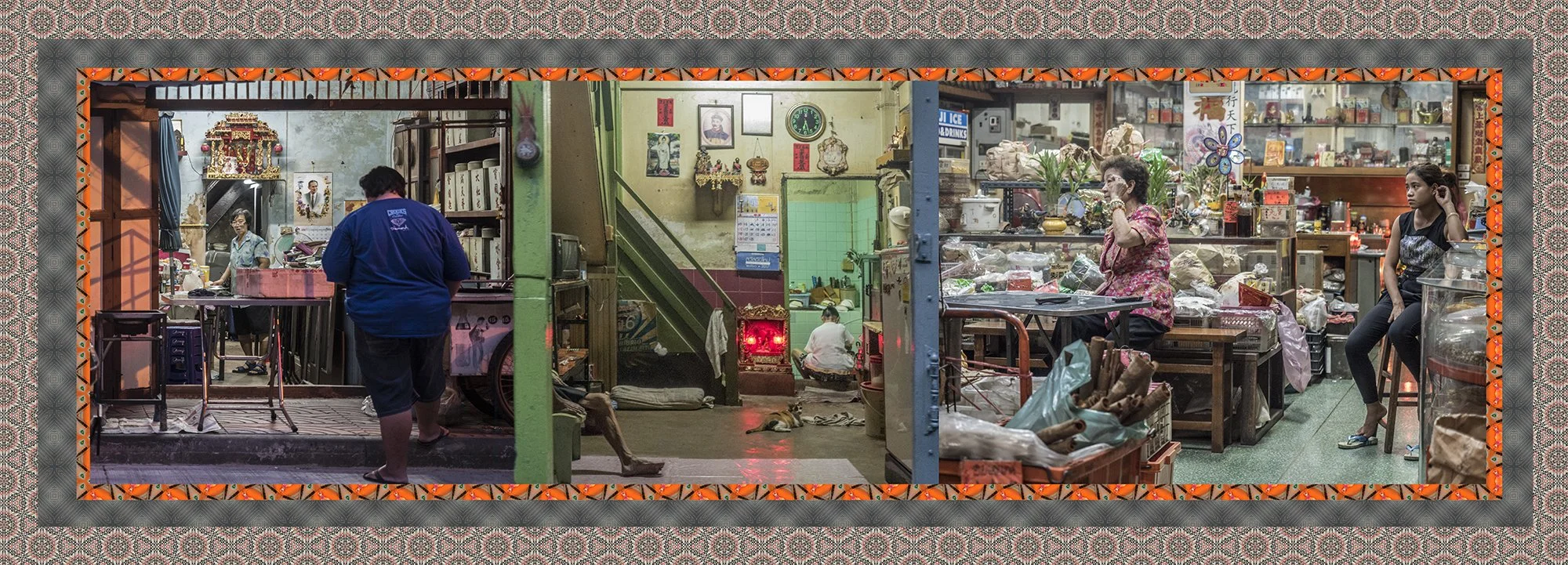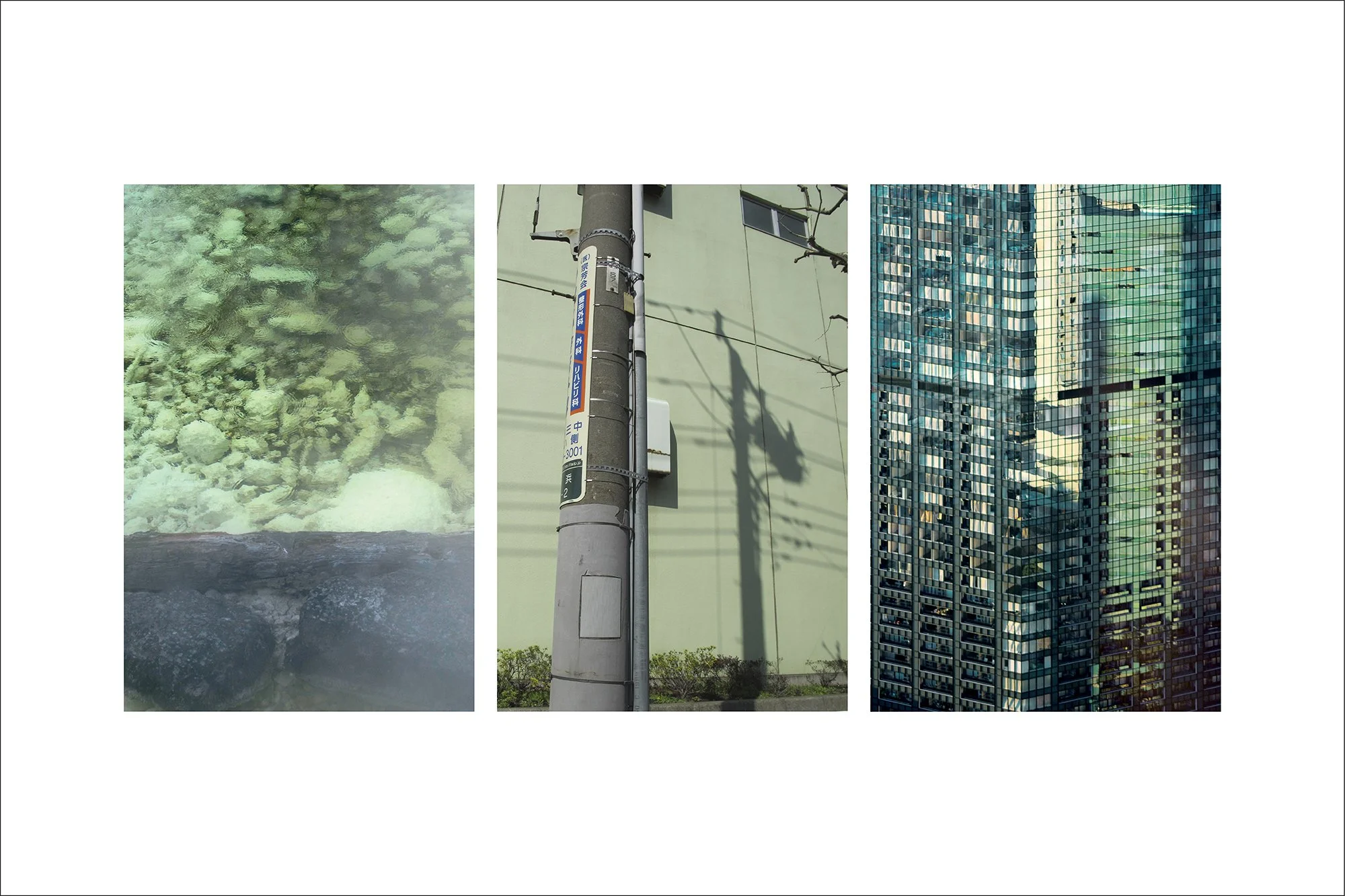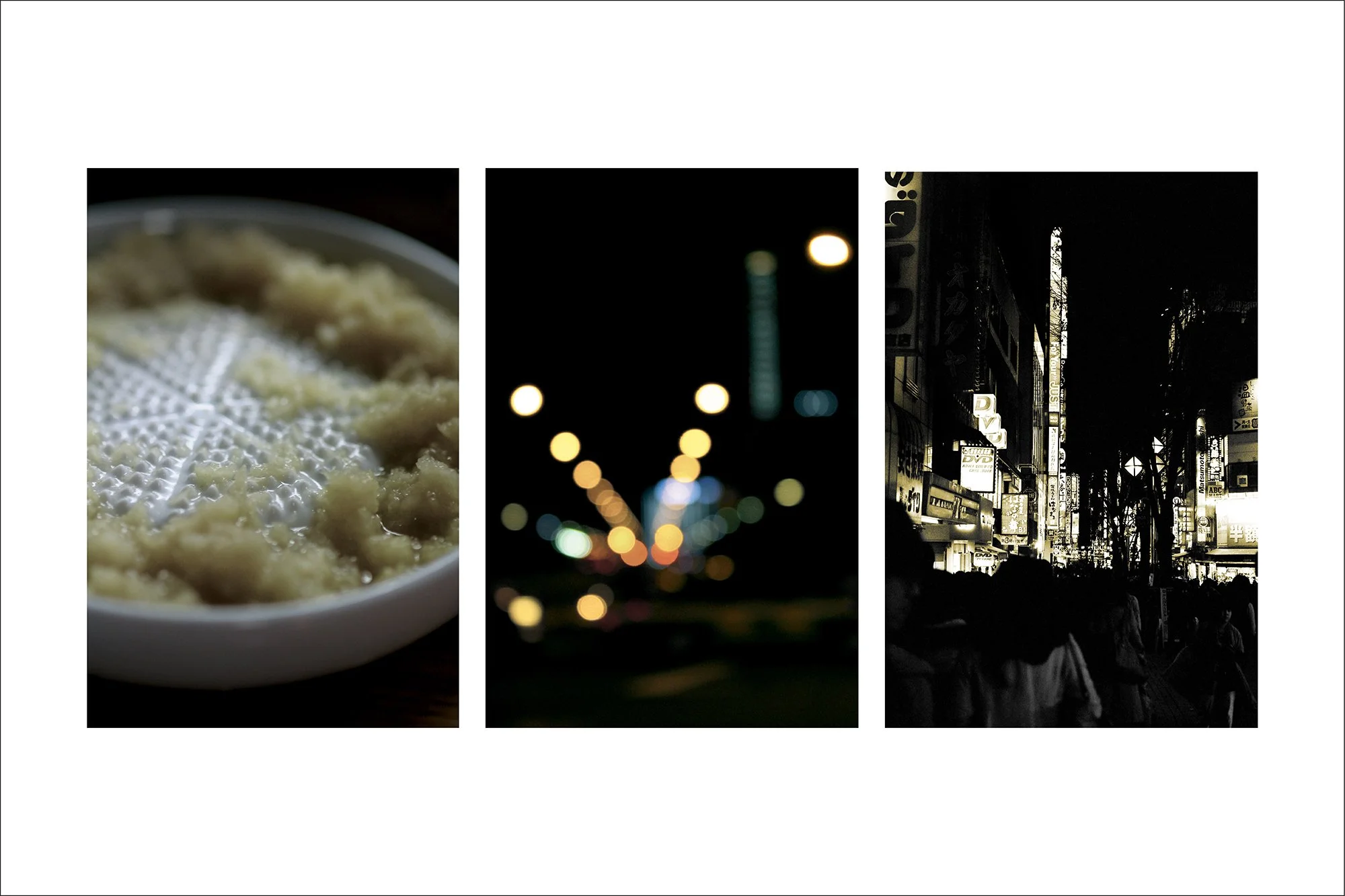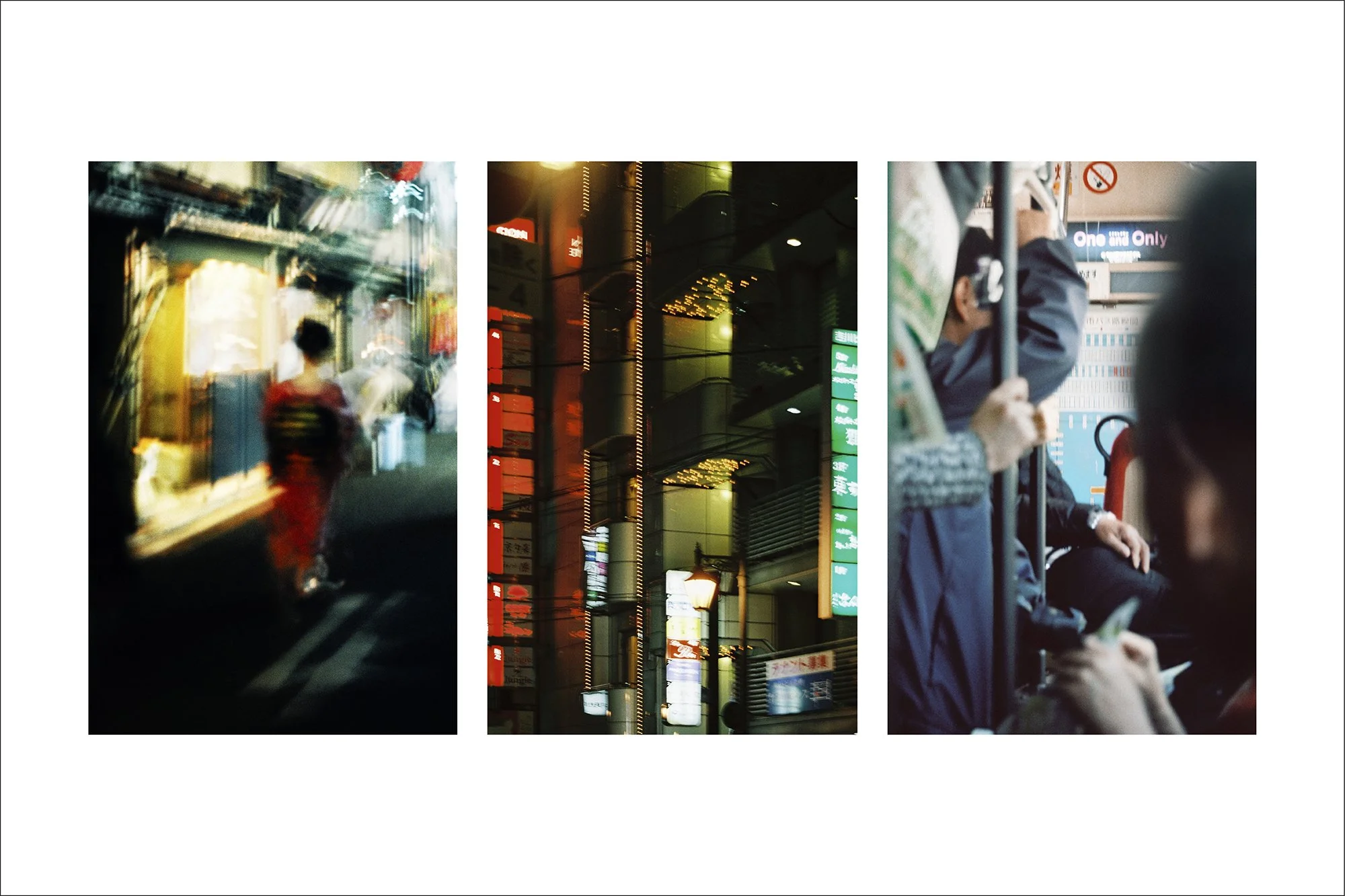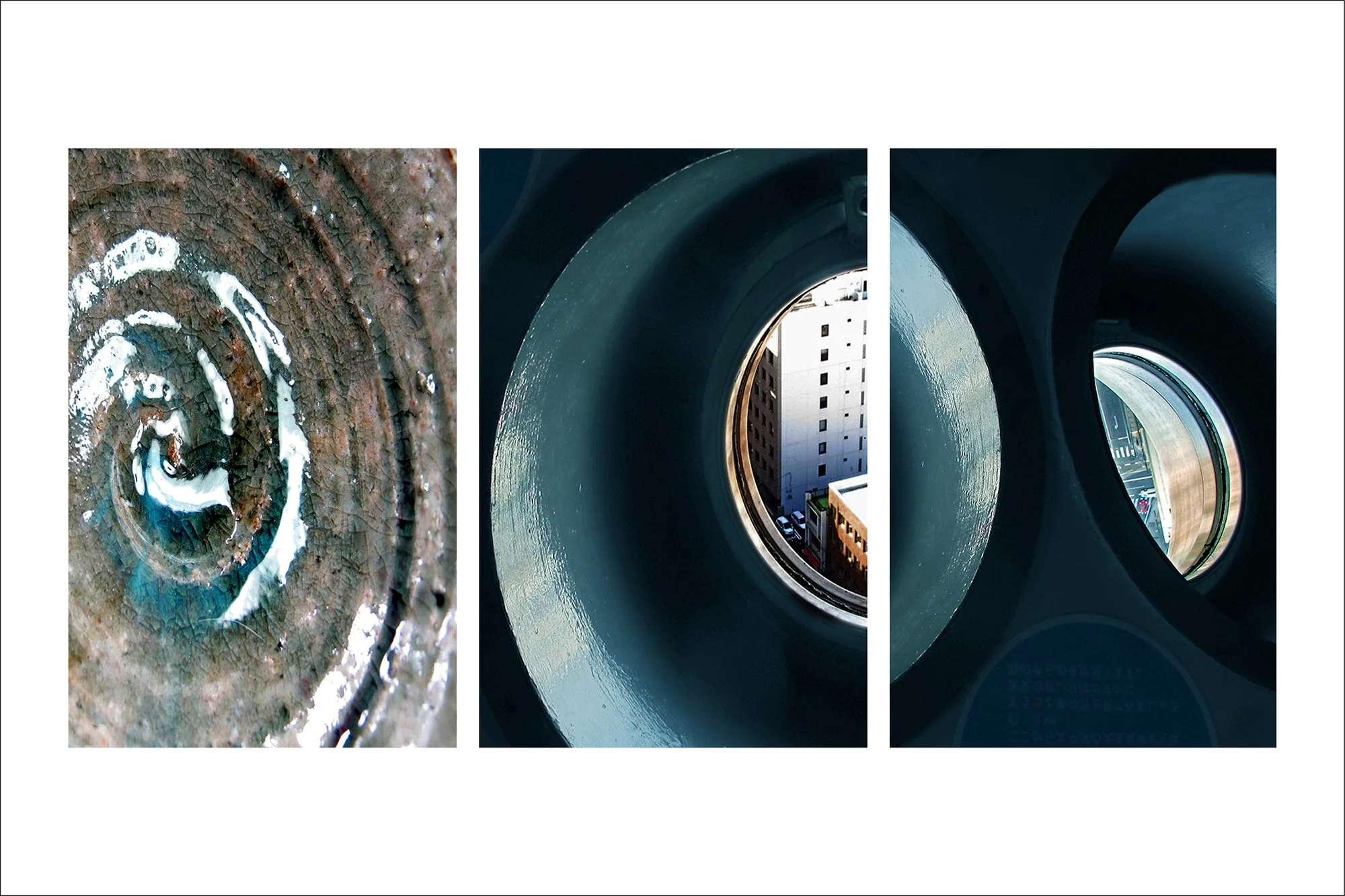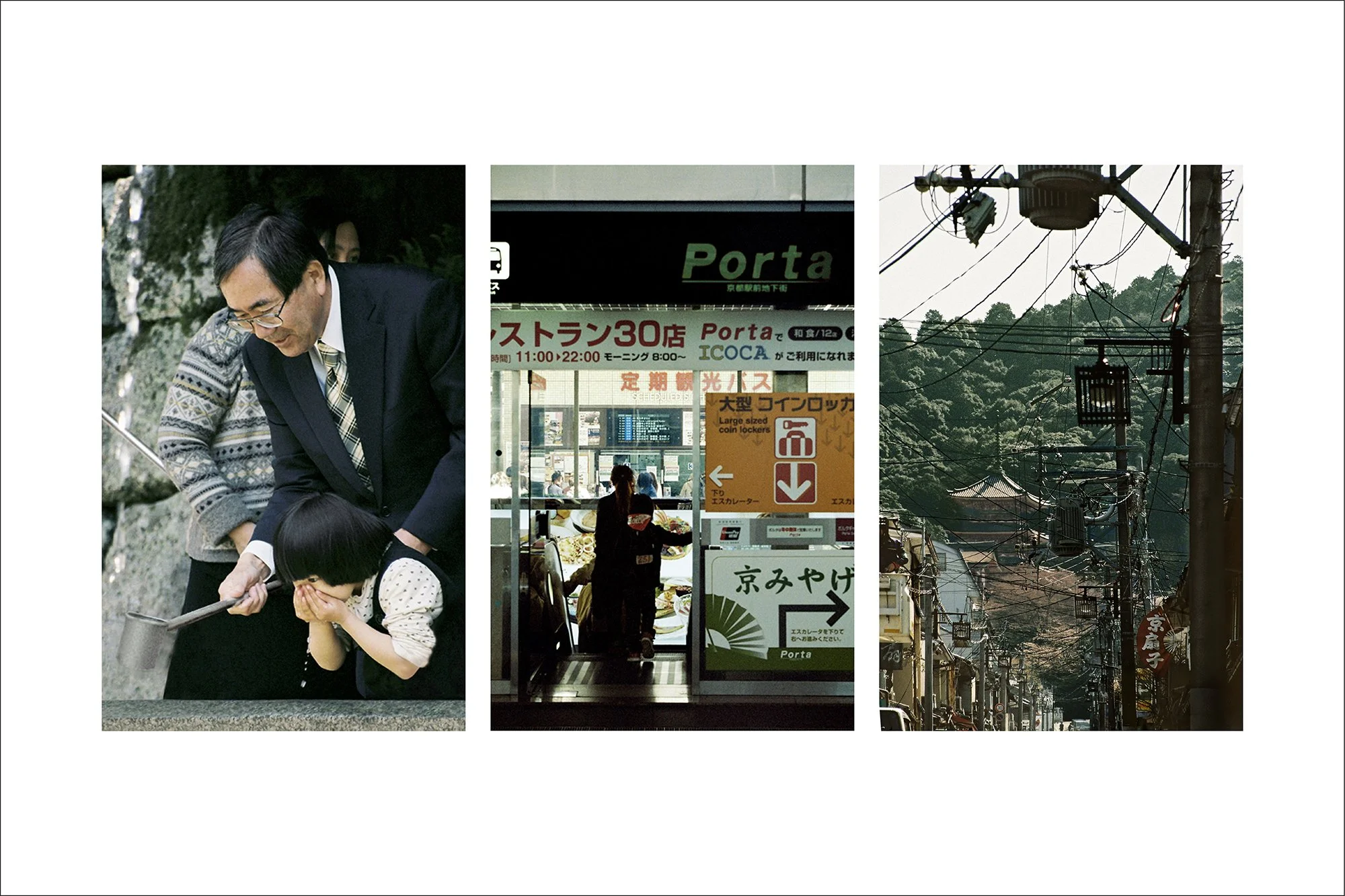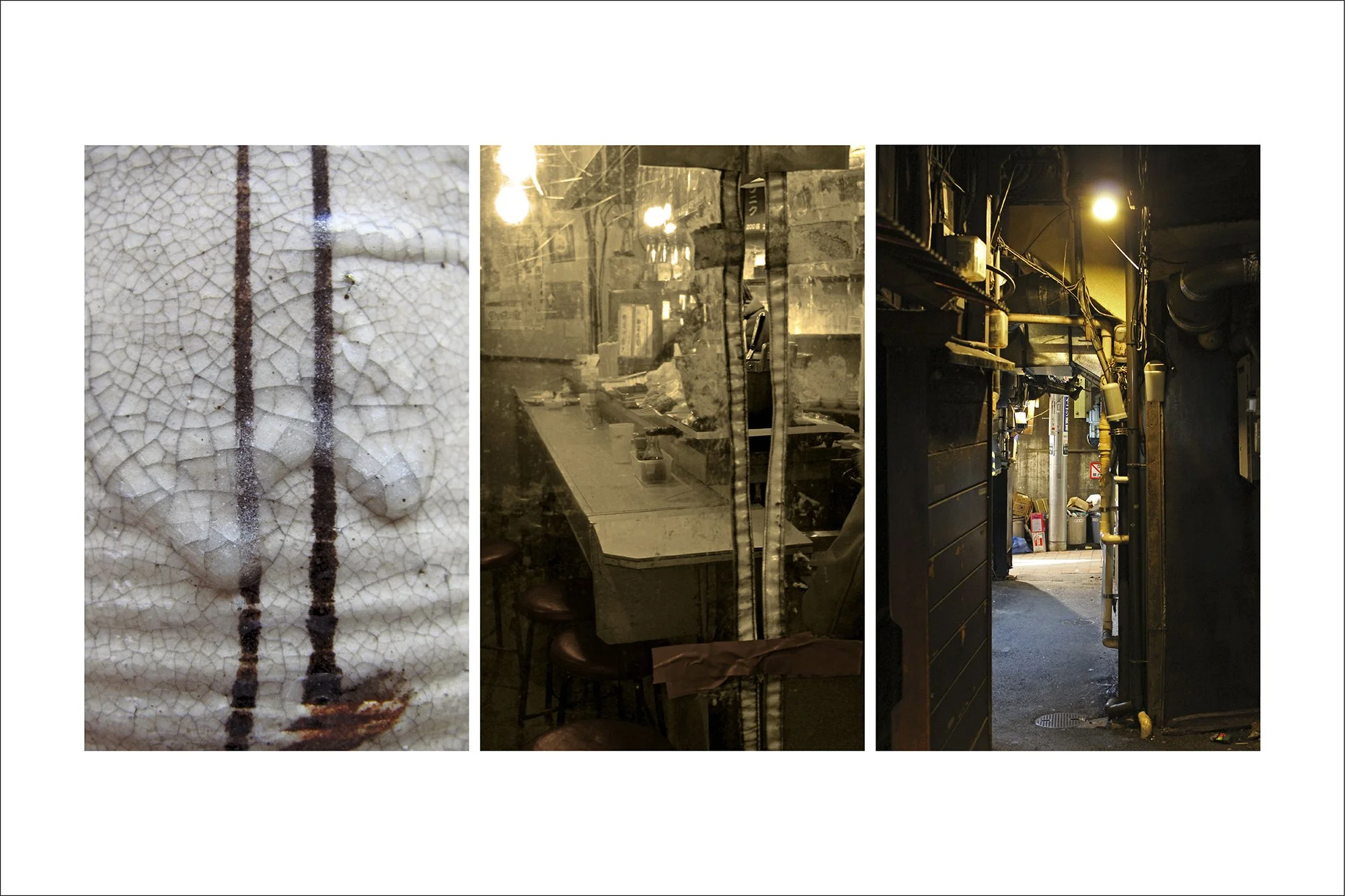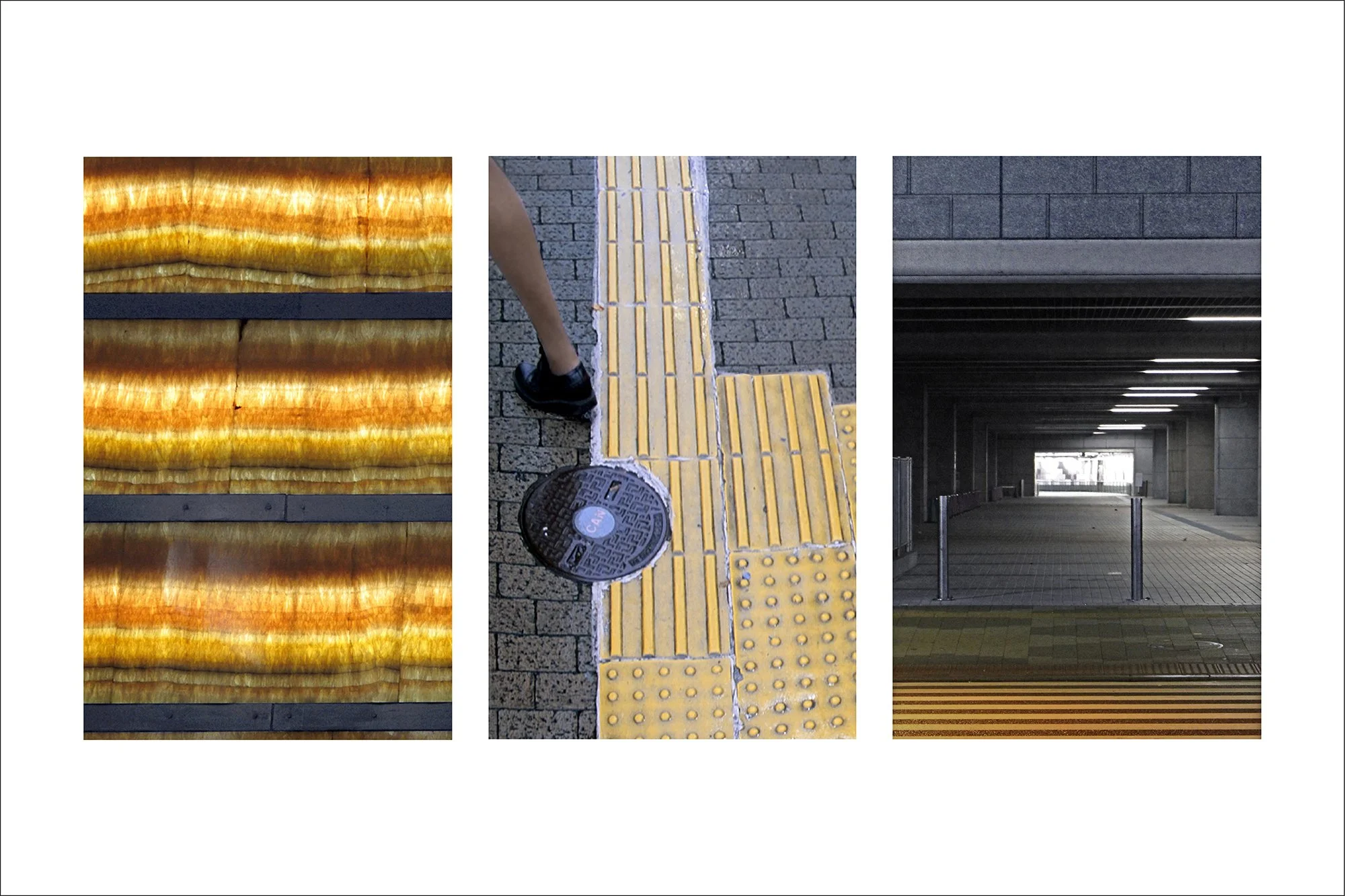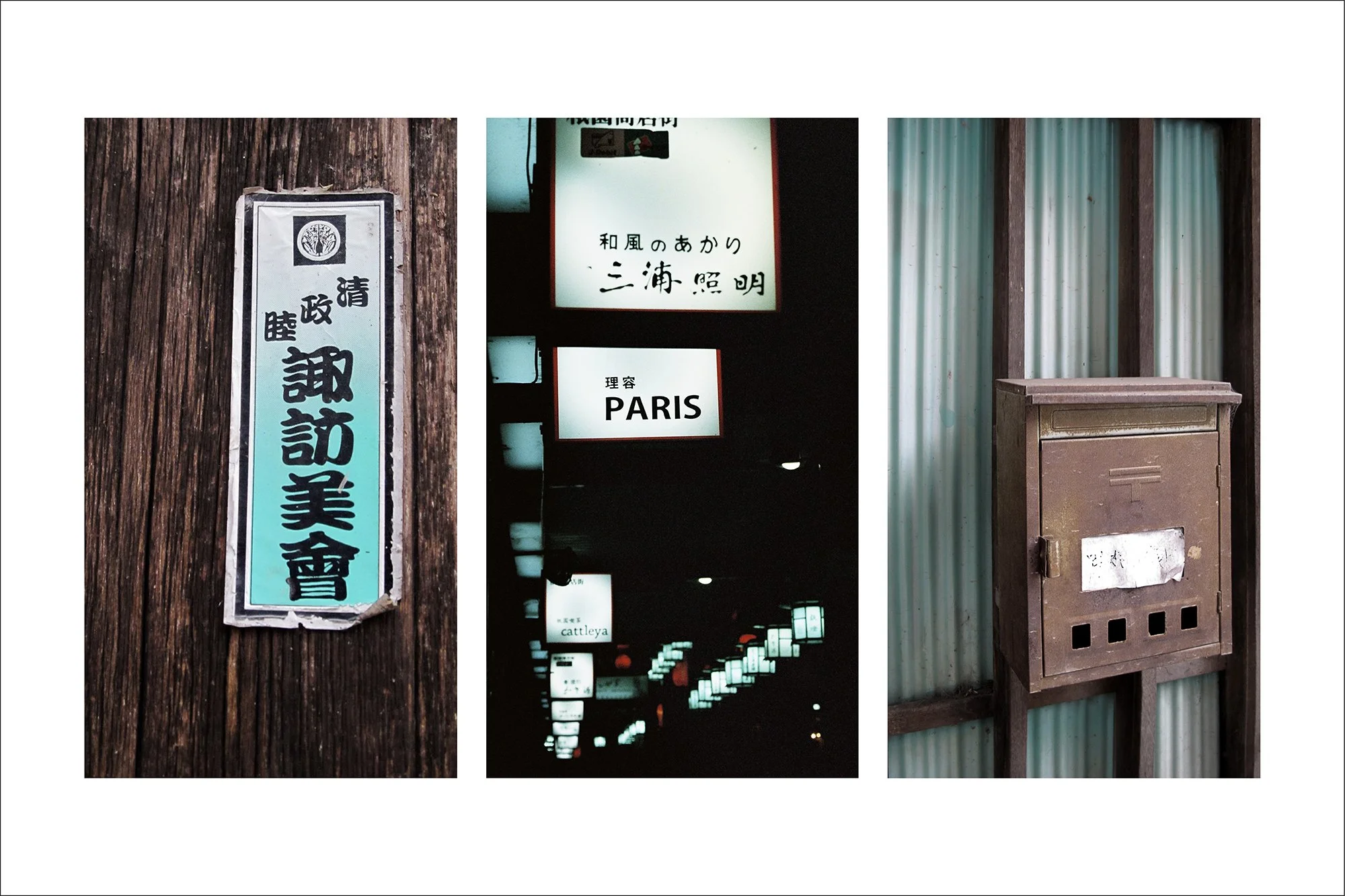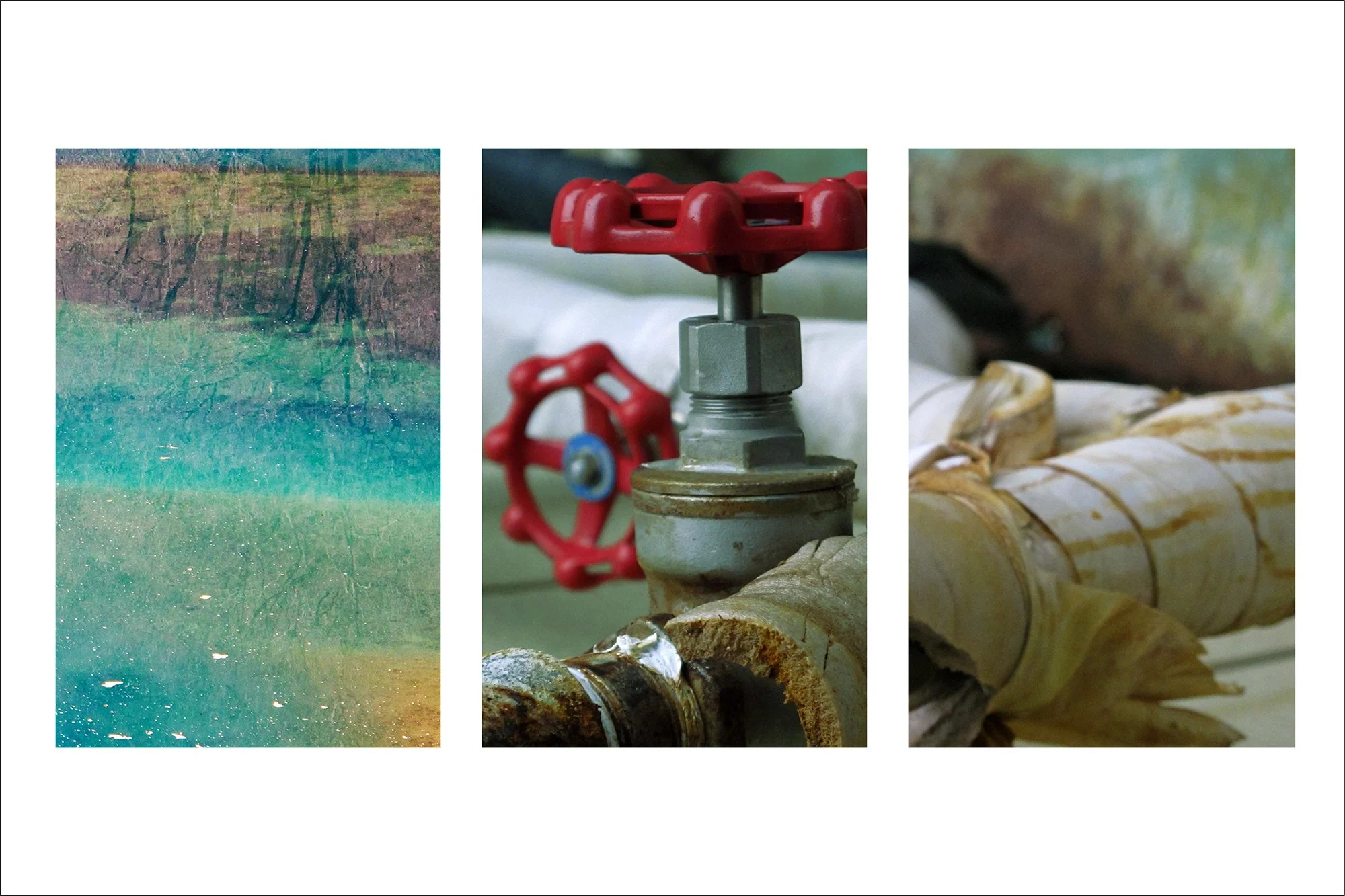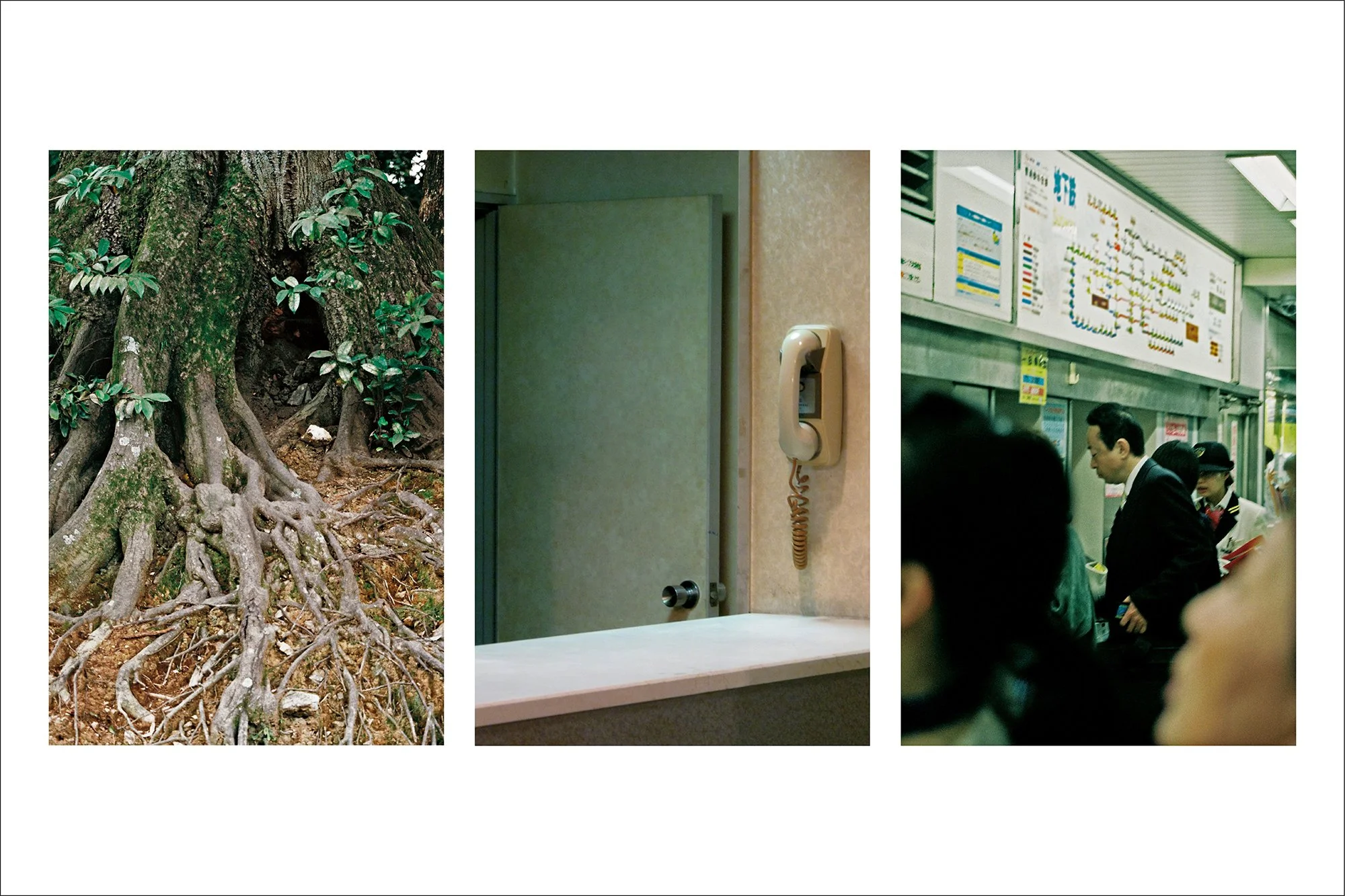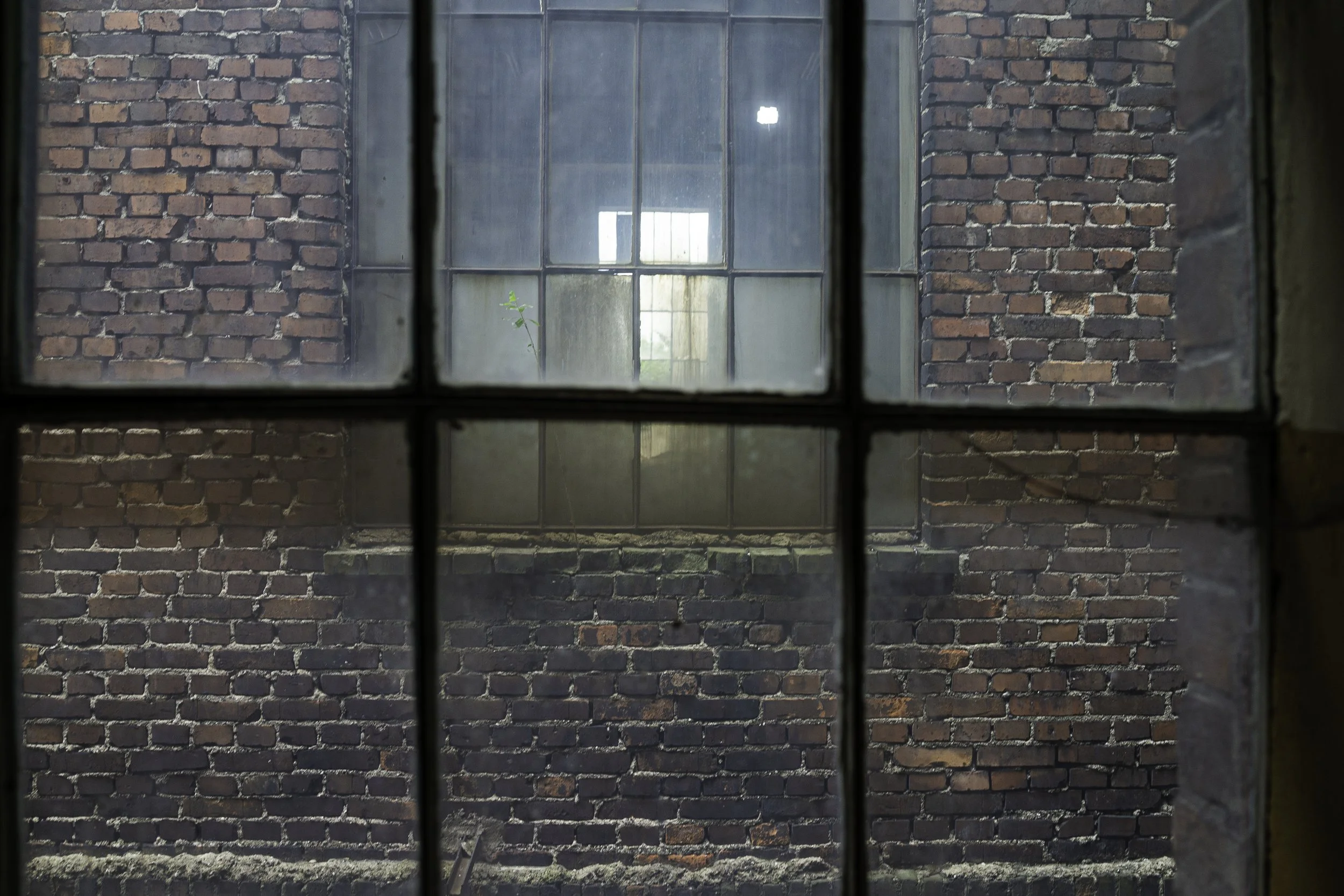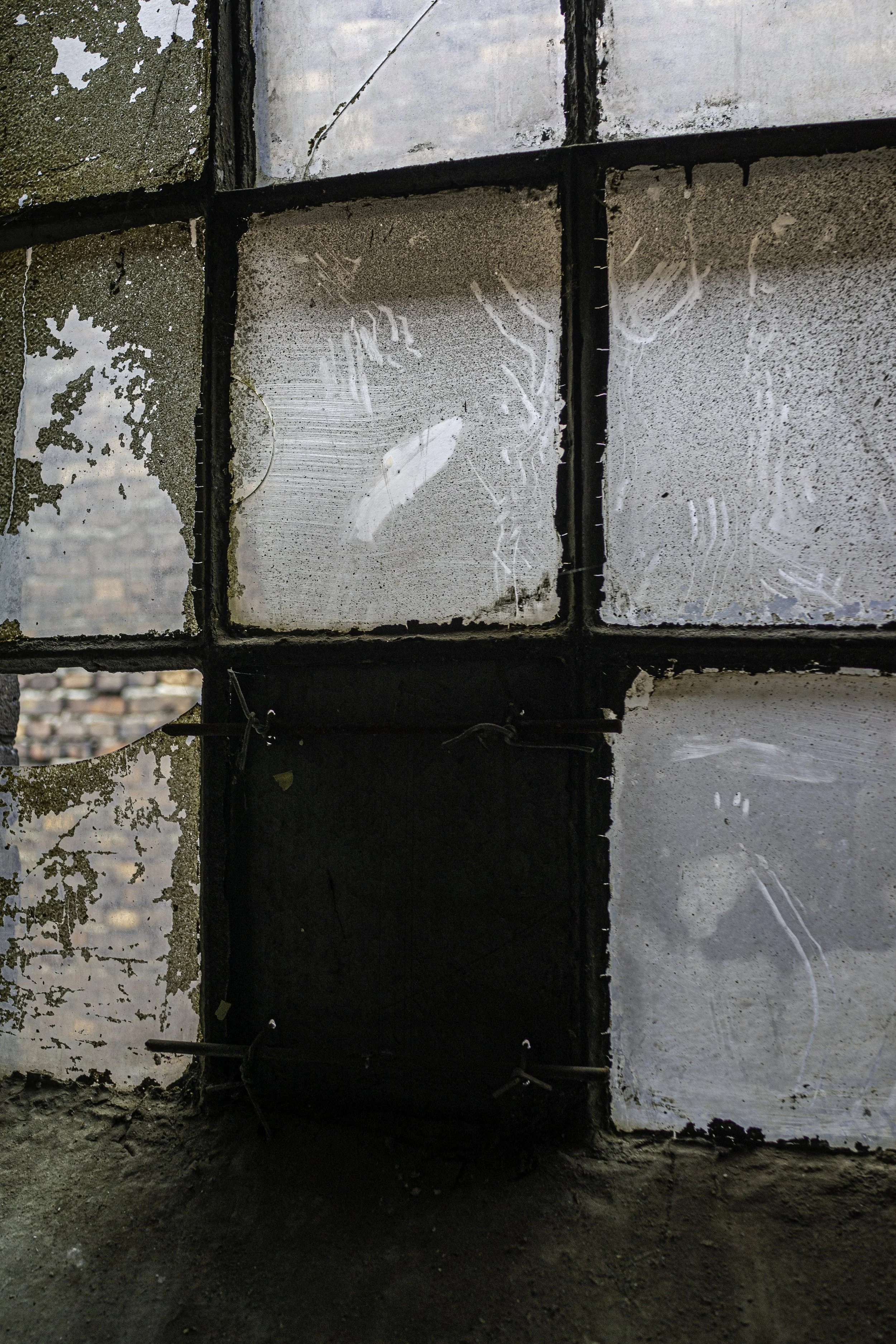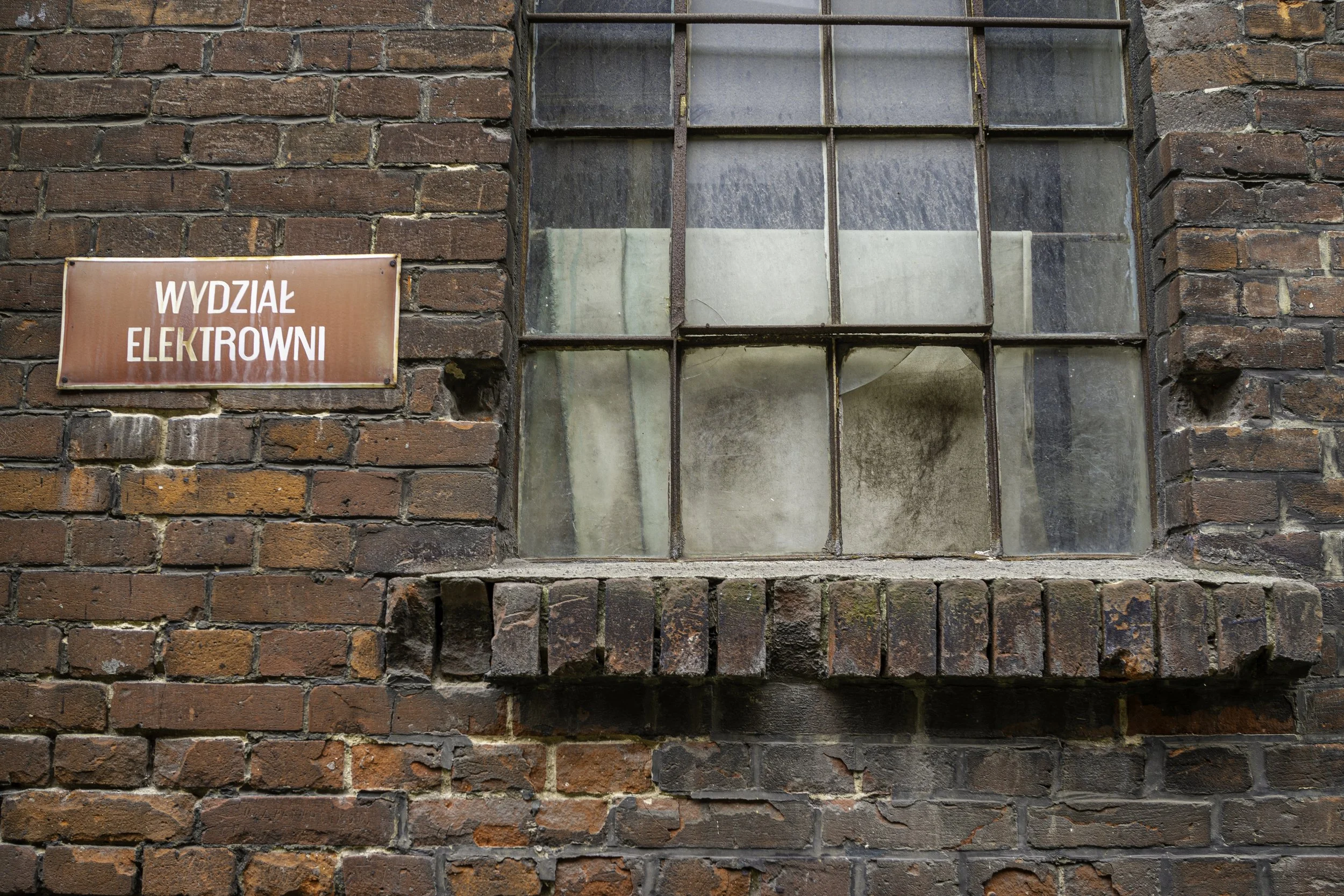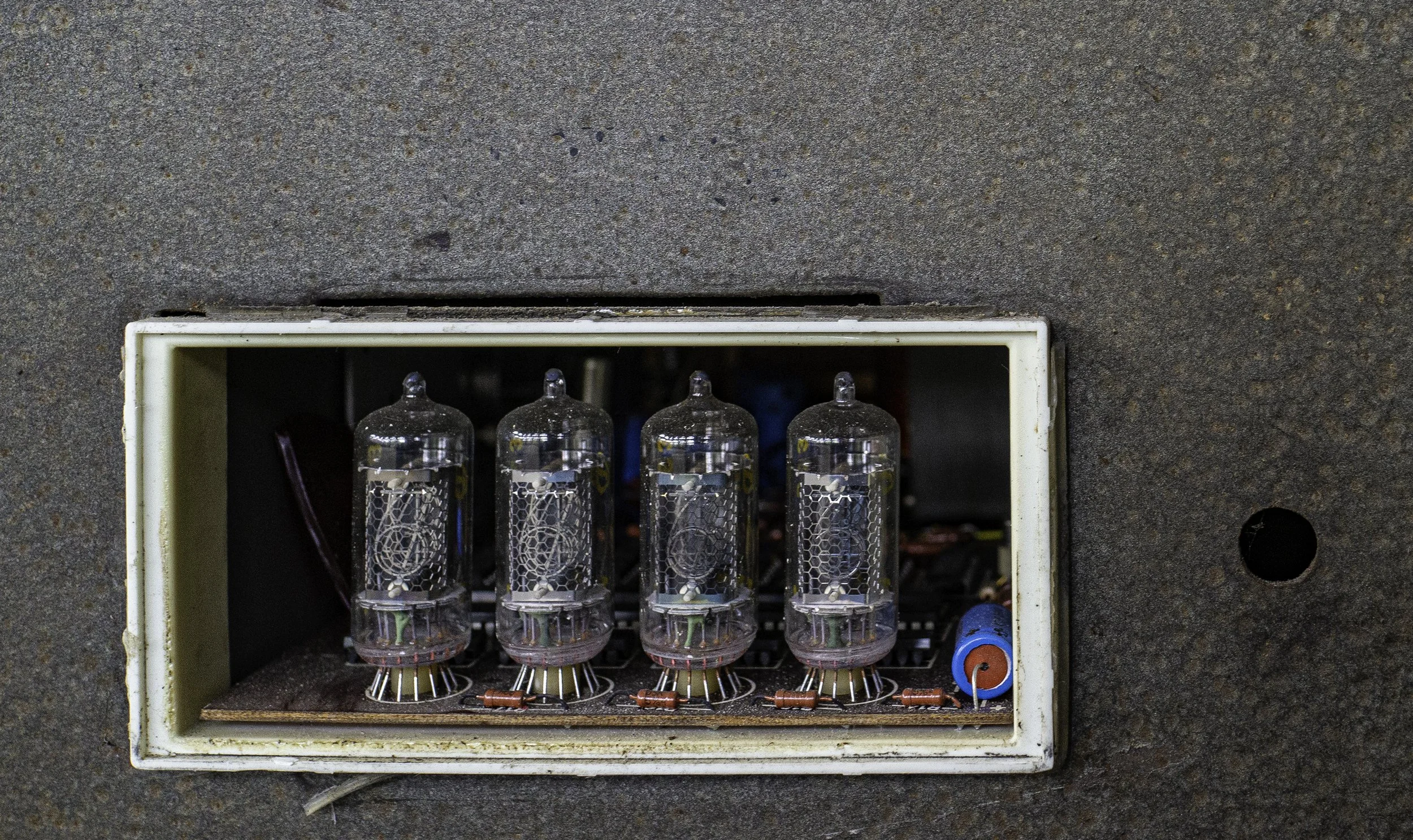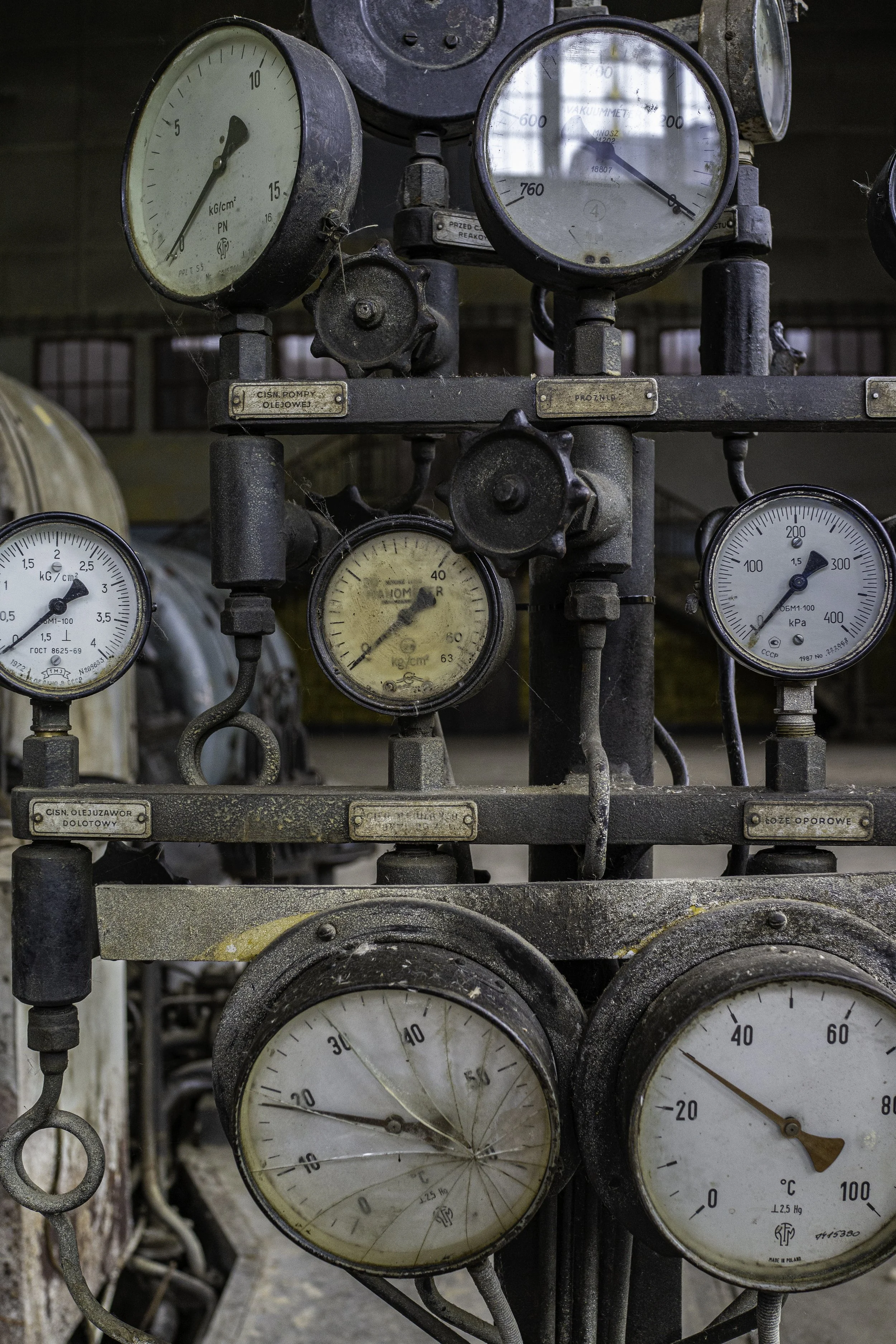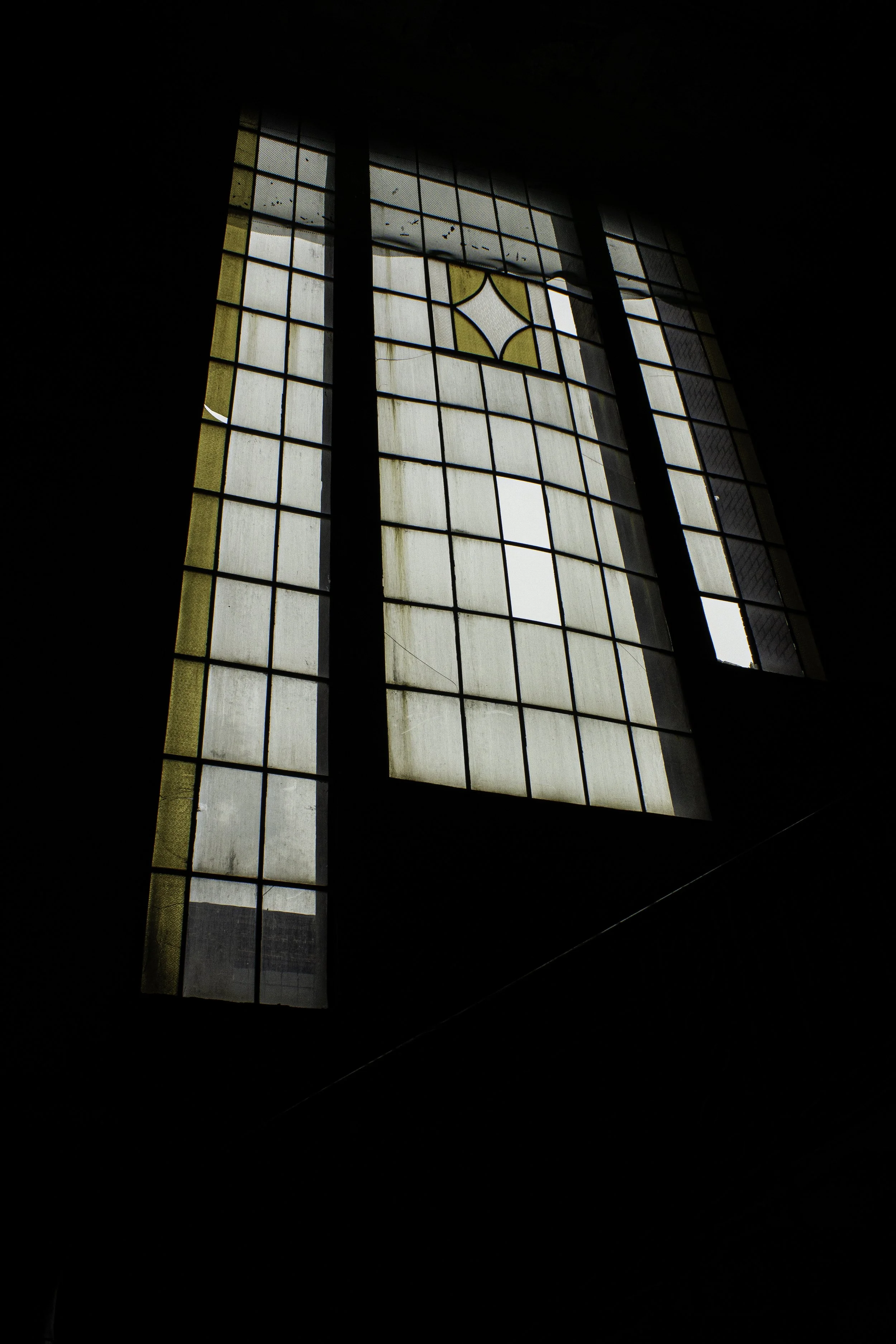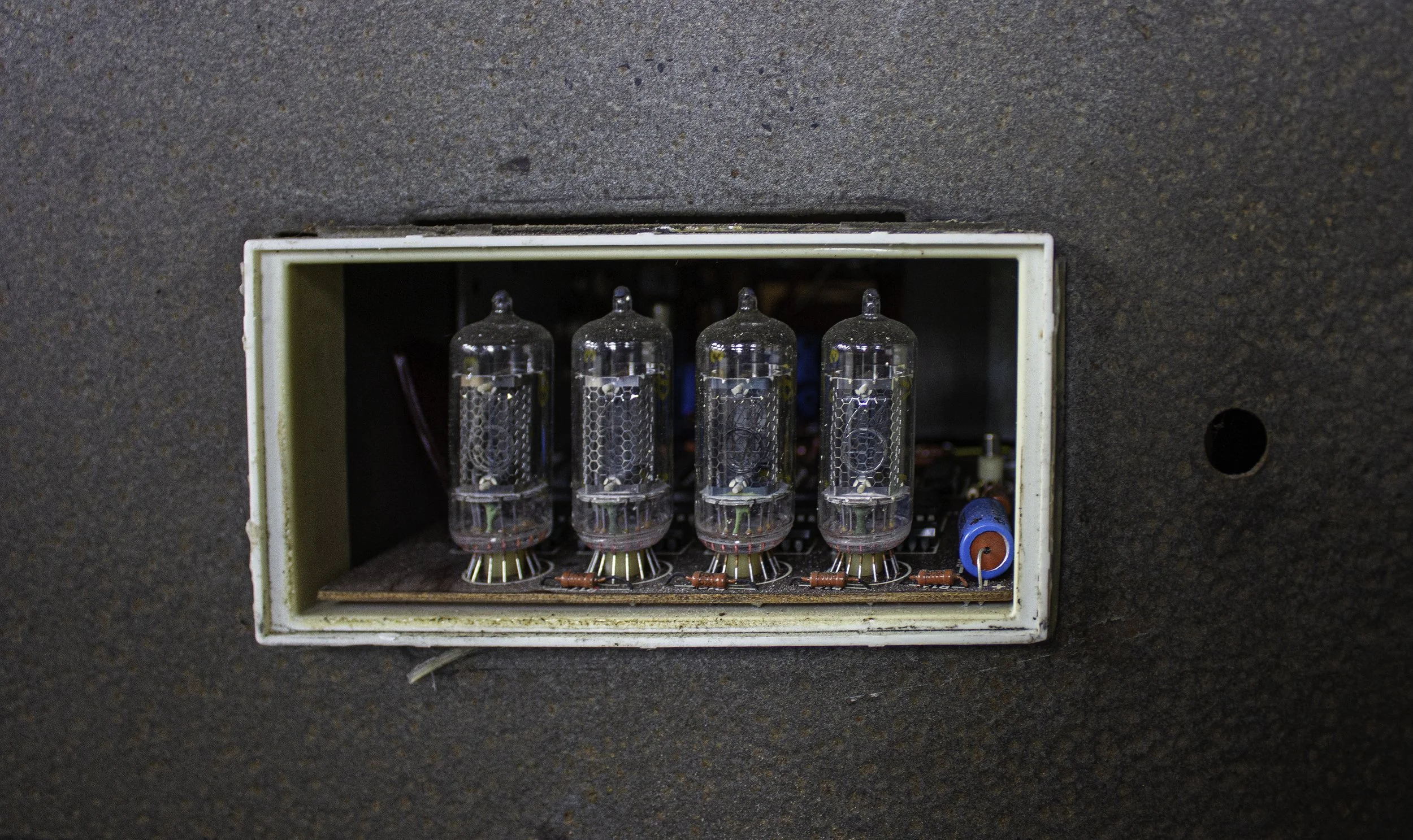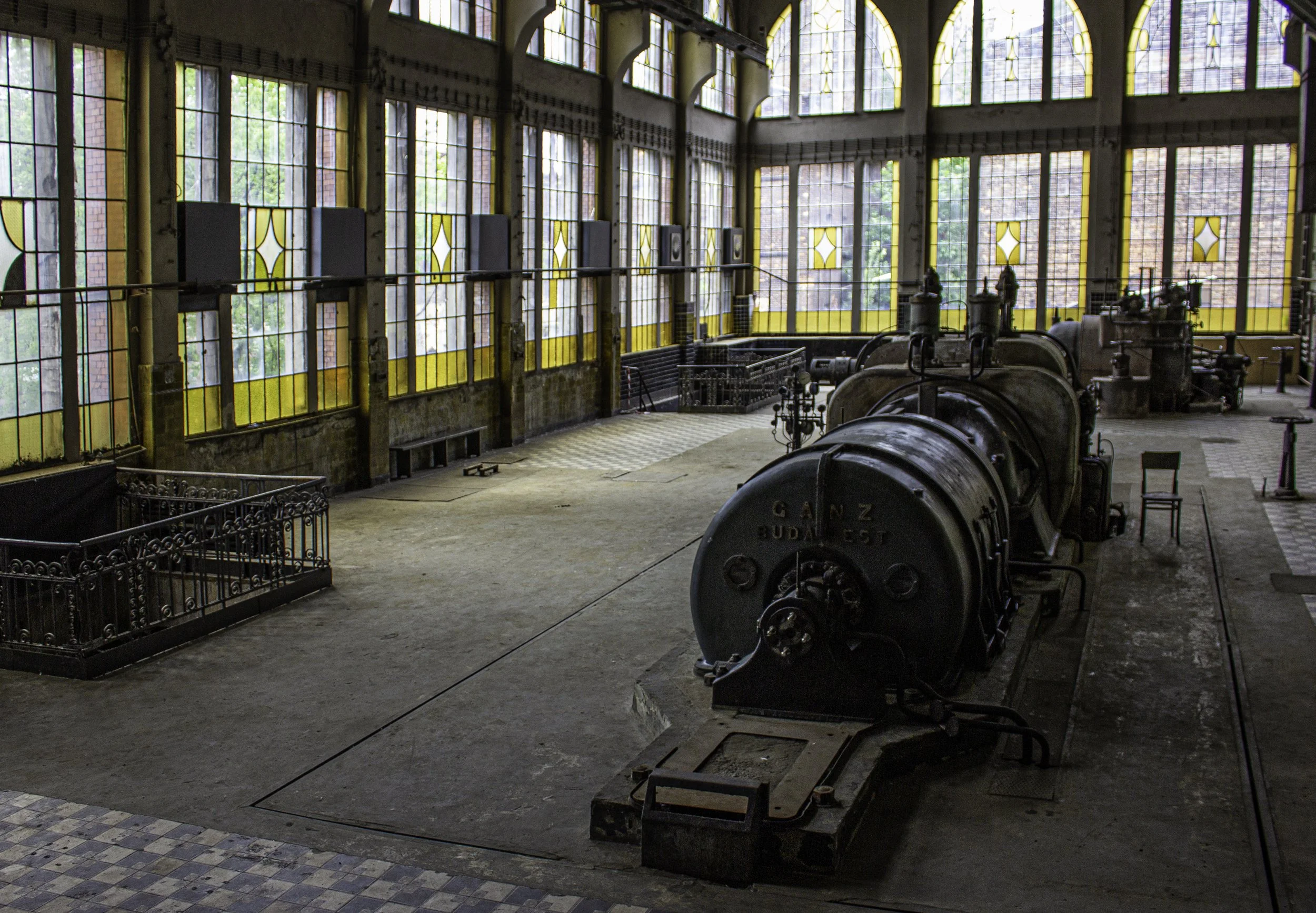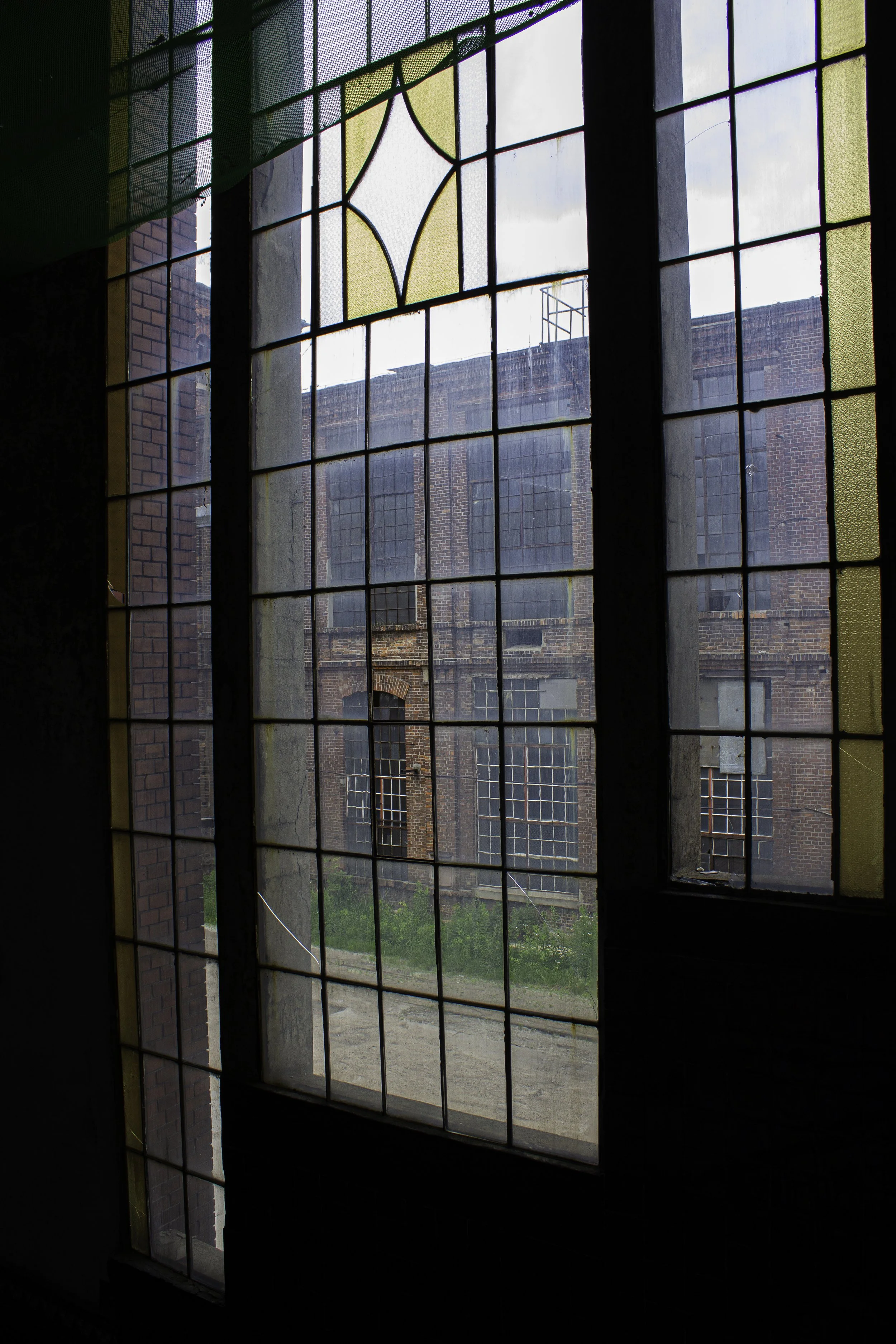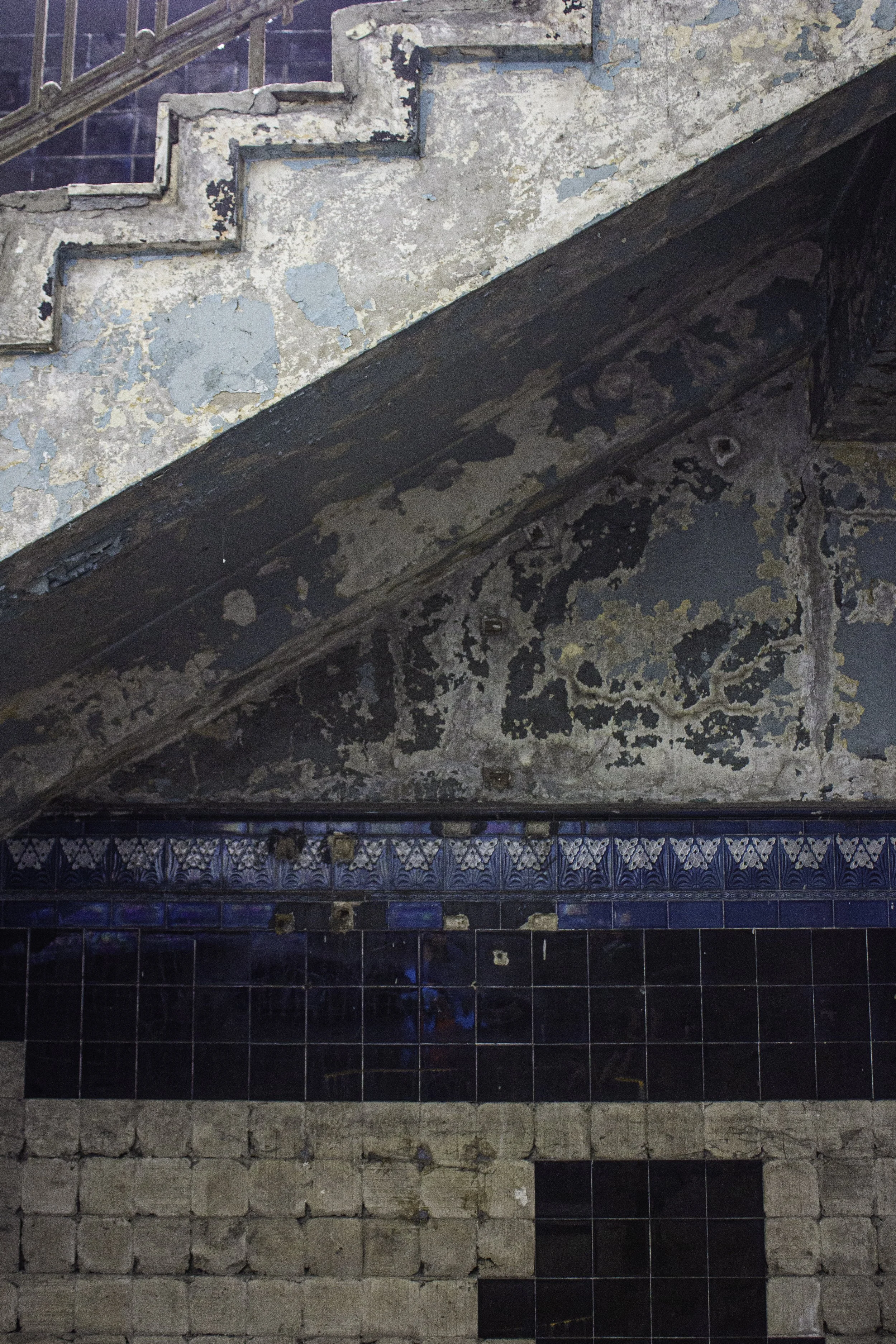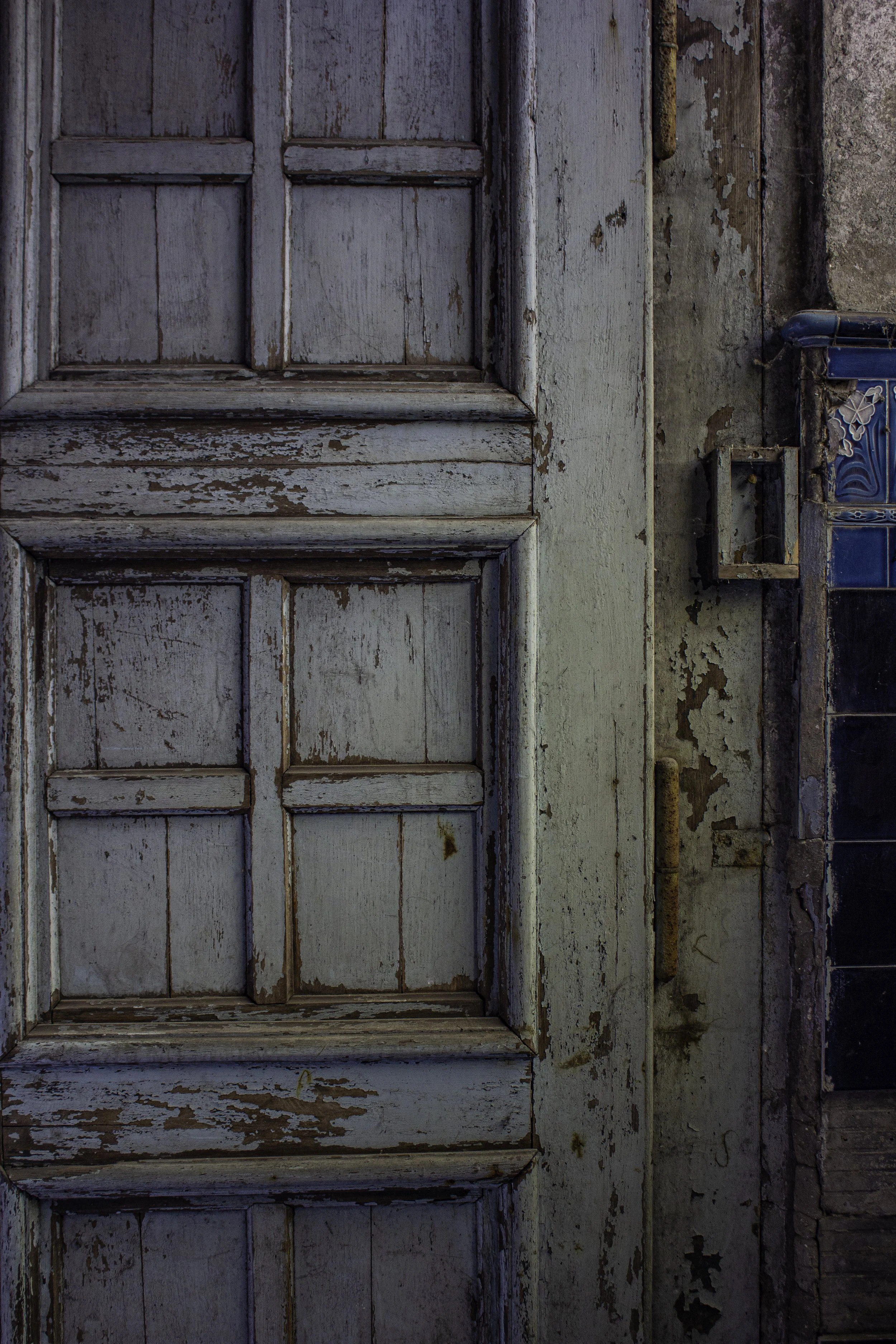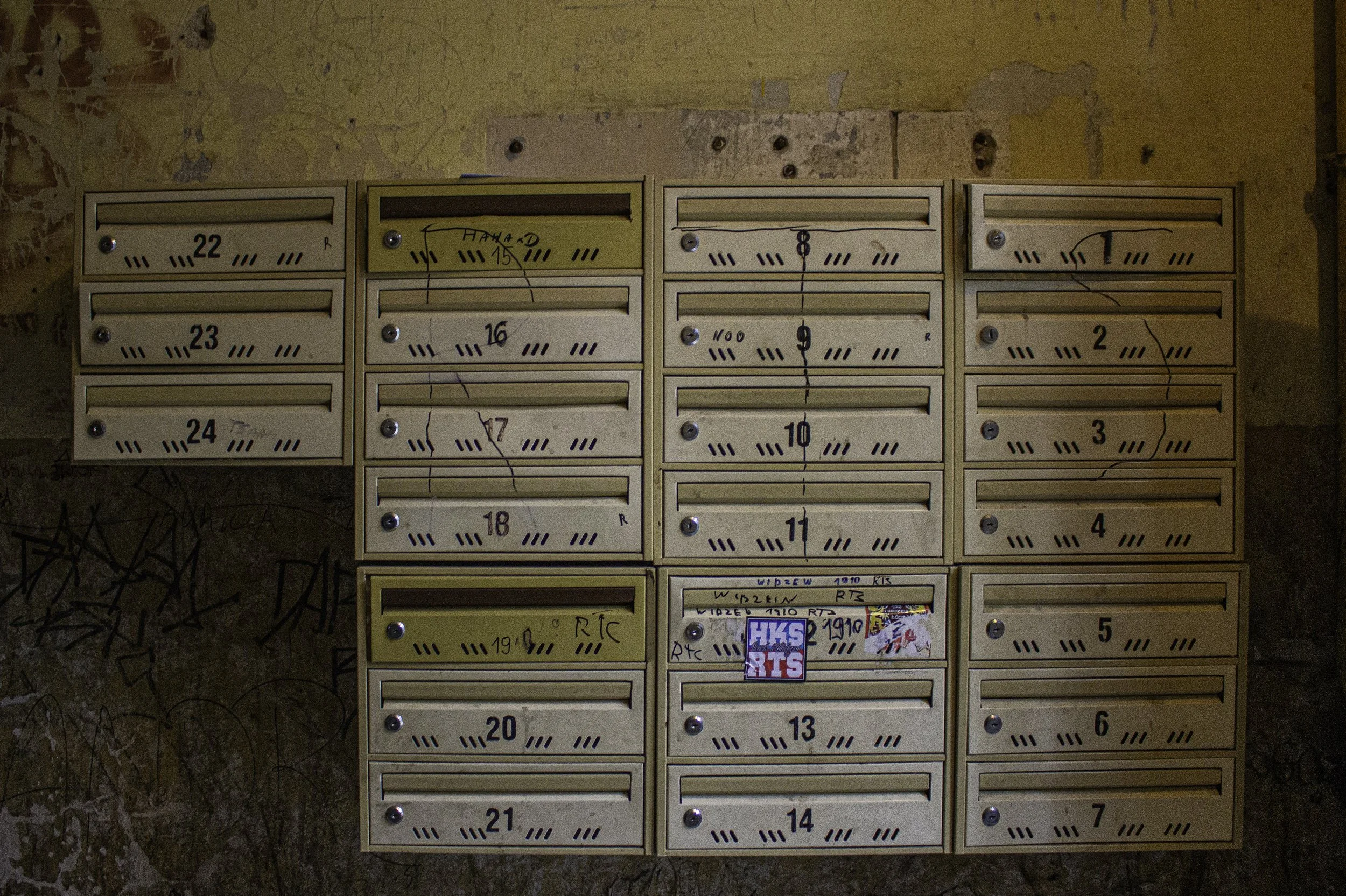🇫🇷 FR
ECHOES FROM ELSEWHERE
2013/2015
2017/2018
2021
2015
Echoes from elsewhere is a constellation of visual narratives born from my travels. Each city I explore becomes the setting for a unique story and echoes my experiences. As a nomadic artist, I explore places through specific situations, shared silences, hollowed-out histories and visible fractures.
This overarching series is neither documentary nor accusatory; it is an invitation to see things differently. Each cycle — Les couleurs de Tokyo, Chinatown Doesn’t Follow Bangkok’s Metronome, Lisbonne Insolite, and Les Fantômes de Łódź — is a way of capturing the soul of a place through something that disturbs, a buried memory, social tensions, or an unusual rhythm.
I linger on interstices, margins and fissures — what jars or resists within the urban landscape. My approach is both intuitive and engaged, and is expressed through a photographic language that blends observation, slowness, and subjectivity. I do not seek to impose a truth, but rather to spark resonances. My images, often produced through a deliberate process of wandering, suspend time to allow the unsaid to emerge.
Echoes from elsewhere is a shifting collection of viewpoints and an emotional geography of the worlds I traverse. It illustrates how the context of a stay — intimate, political or sensorial — influences the gaze. Through this project, I create a personal cartography in which each city becomes a reflection of a broader question: how do we inhabit a place? What makes it unique?
LISTENING TO THE LIGHT IN LISBON
This photographic series was born from an initial disinterest — one provoked by the overly scripted itineraries of travel guides, which so often reduce a city to its most predictable clichés. In search of another perspective, I was directed toward a working-class neighbourhood, little known to tourists and inhabited primarily by Lisboetas.
There, I discovered 1960s architecture with modern, functional lines — glass, concrete, sharp angles, and reflective surfaces — far from the pastel, nostalgic image usually associated with Lisbon. My stay coincided with the festivities of Saint Anthony, whose human and emotional intensity, born of religious fervour and popular joy, stood in striking contrast to the graphic order of modernist urban planning. This paradox became the very substance of my work.
I chose to photograph in black and white, using a deep, almost absolute black as a tool for selection and extraction. It allowed me to strip away the superfluous, redefine contours, and focus the gaze on what mattered most: a detail, a reflection, a beam of light. The rhythm of the images in the series follows that of the urban walk — an alternation between contemplative slowness and chaotic vitality. At times, motion blur enters the frame. These are not technical accidents, but faithful traces of the physical emotion of the moment. The camera becomes a seismograph, recording the vibrations of the city and of my own body in movement.
Listening to the light in Lisbon thus stands as the record of a sensorial exploration of the urban environment — the materialisation of a dialogue between the city and myself, between its visible signs and my projections. More broadly, the work questions exoticism not as a romantic cliché, but as an openness to the unexpected, as a fascination for an Elsewhere that resists expectation. It is an attempt to portray a city in its most vital state — through its contradictions, its rhythms, its quiet revelations, and its power to transform those who truly look at it.
BANGKOK’S CHINATOWN BEATS TO ITS OWN DRUM
During a two-month residency in Bangkok, I lived and worked in one of the oldest Chinese districts in the world. Each day, I walked through the same streets, lined with shop-houses run by Chinese families, where spaces of work, life, and public display blend seamlessly without interruption. These microcosms, visible from the street, reveal a complete porosity between the intimate and the collective, between human presence and merchandise. They form a true daily theatre, in which the inhabitants are the unwitting actors and passers-by the spectators.
This immersion triggered a reflection on the carefully orchestrated preservation of a bygone cultural authenticity, often perpetuated to fuel a tourism economy eager for exoticism. While Bangkok embodies all the dynamics of a contemporary megacity, this district appears frozen in a ritualised past. Living conditions are precarious, buildings are dilapidated, and yet the perpetuation of this setting captivates a Western audience seeking the picturesque. This tension between attraction and sacrifice, authenticity and artificiality, individual freedom and identity confinement, forms the backbone of this series.
With the residents’ permission, I photographed these shopfronts frontally, without artifice, and composed collages juxtaposing three distinct shops to recreate the sensation of accumulation, fragmentation, and visual saturation I experienced while wandering. This method evokes the Western gaze which, in the haste of observation, merges these scenes into a single tableau.
Each triptych is framed with decorative borders inspired by traditional Chinese textiles, to symbolically enshrine these ordinary scenes and frame lives that are often invisible, confined within the interior of an expected representation.
This series offers a double reading: first, the wonder before a vibrant, colourful, and “authentic” universe; then, the awareness of idleness, identity ambivalence, and social confinement experienced by the heirs of a migrant culture. It questions the responsibility of the gaze — and of tourism — in the artificial maintenance of a folklore whose social realities remain all too real.
THE COLOURS OF TOKYO
Created between April and December 2012, this series pays tribute to a Japan of striking contrasts, where tradition and modernity coexist with a grace that is often disarming. Through photographic triptychs, I sought to capture fragments of Japanese daily life as I perceived them as a foreigner — somewhere between fascination, wonder, and, at times, stereotype.
Each triptych functions like a visual haiku:
– on the left, heritage and ancestral rituals;
– on the right, the vibrant, technological, and sometimes bewildering modernity;
– in the centre, the subtle balance the Japanese manage to create between these two poles.
These images recount anecdotes and vivid impressions — sometimes tinged with naivety — that remain on the surface of this complex culture, yet are always imbued with respect. The Japan I encountered is a country where everything is codified, where discreet refinement is embedded in the smallest details — in gestures, words, and objects. A perfectionist and disciplined people, often caught in the tension between conformism and the desire for emancipation.
Printed on aluminium dibond, the photographs extend this pursuit of purity and perfection, evoking the visual mastery so dear to the Japanese. The whole becomes a personal, modest, and poetic homage to a society that is at once united and demanding, deeply shaped by its past yet firmly oriented toward the future.
THE GHOSTS OF LODZ
Through the series Les Fantômes de Łódź, I explore the invisible layers of a city whose industrial past — once the engine of its prosperity — still haunts its architecture and empty spaces. My approach draws on the practice of urban exploration, not to glorify decay, but to question what the urban fabric retains of erased stories, vanished workers’ bodies, and lost gestures.
Łódź, now Poland’s third-largest city, was in the 19th century one of Europe’s leading textile centres. Established in the 1820s as a laboratory of industrial capitalism under Russian rule, it attracted capital, workers, and engineers from Germany, the Jewish diaspora, and Poland. This multicultural coexistence made Łódź a frontier city — modern yet fractured — earning it the nickname “the Manchester of the East.” By the end of the century, powerful industrial dynasties presided over an empire of factories, workers’ housing, and neo-Baroque palaces. Yet this prosperity concealed gruelling working conditions and intense social unrest, culminating in the strikes of 1905.
After the collapse of the Soviet bloc, the city underwent a violent process of deindustrialisation, leaving behind monumental buildings abandoned or repurposed. It is within these in-between spaces — at the heart of a former power station — that I capture discreet apparitions, traces of past lives, and the palpable absences of a vanished working-class world.
My photographs reveal the textures of the walls, the vanishing lines, the dust caught in the light — all becoming threads leading back to a textile memory, where one can still sense the hum of machines, the mechanical gestures, and the silent pride of a labour that has disappeared.

